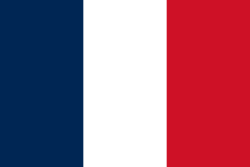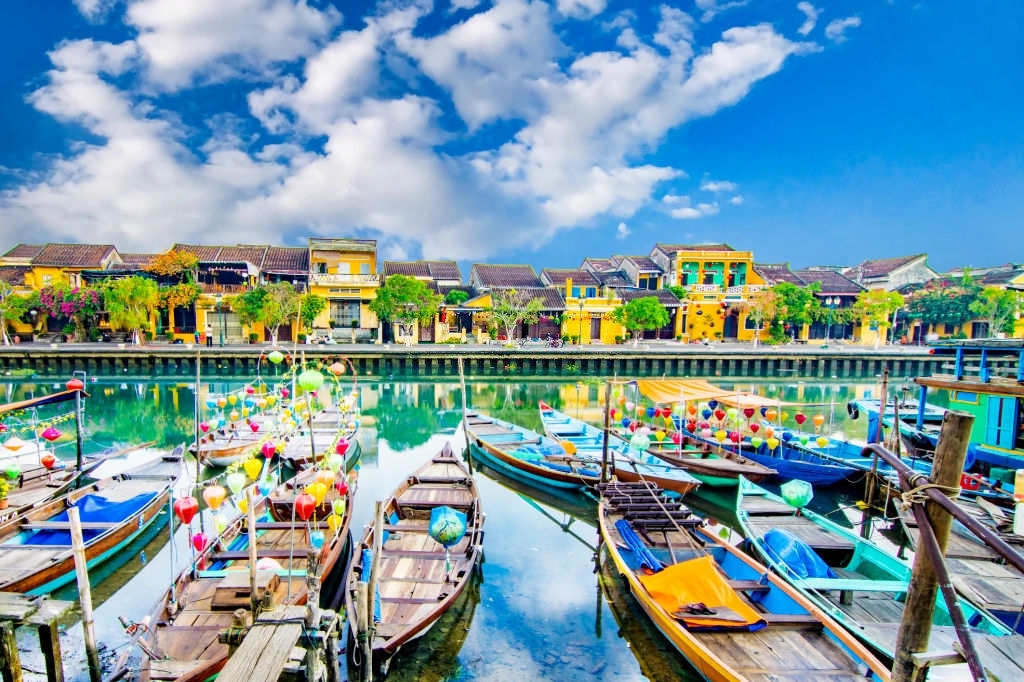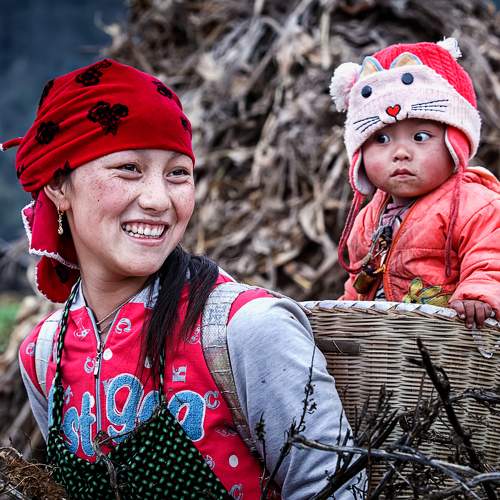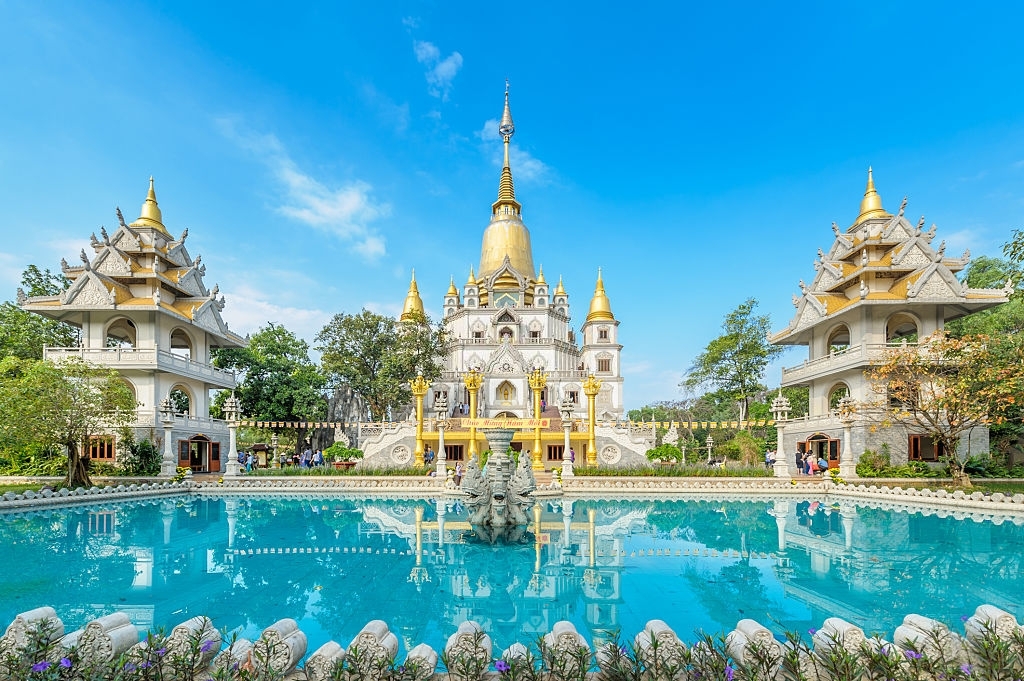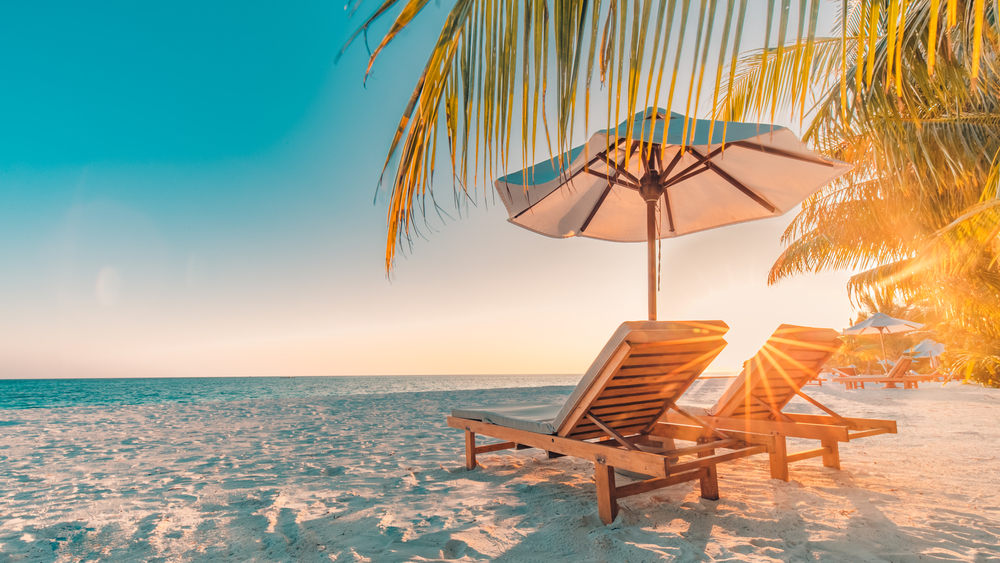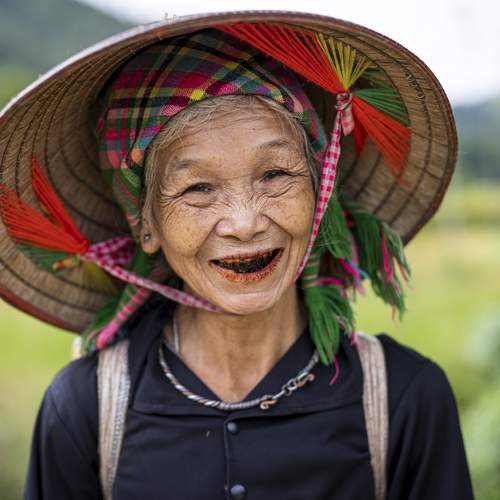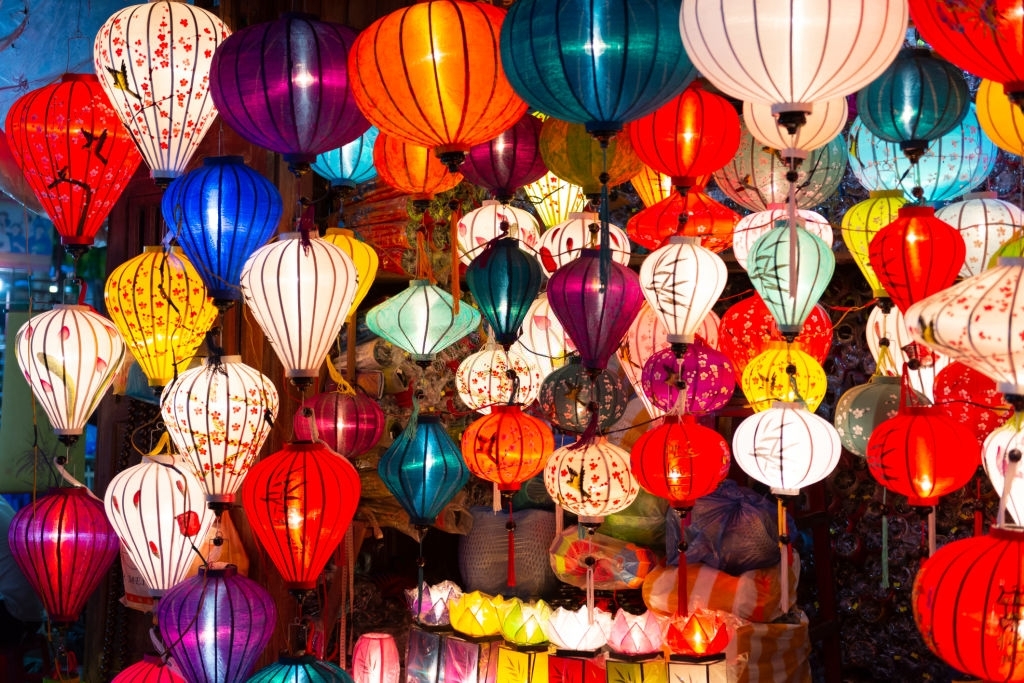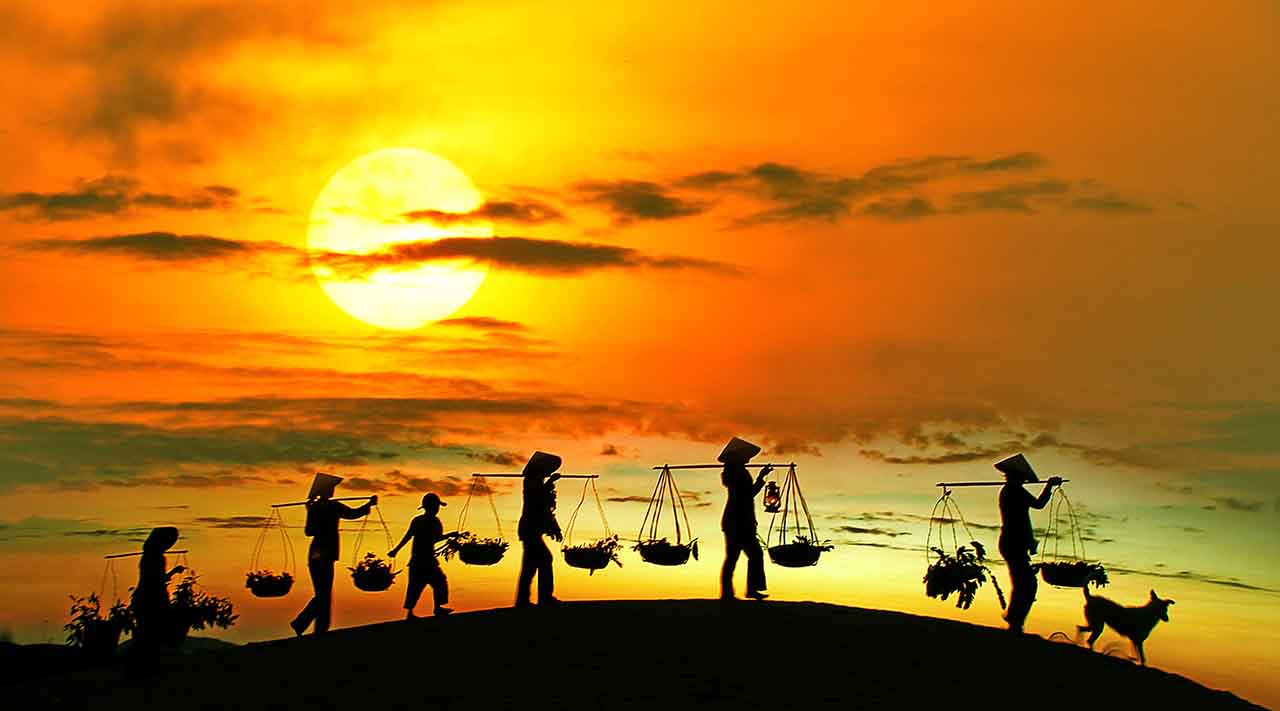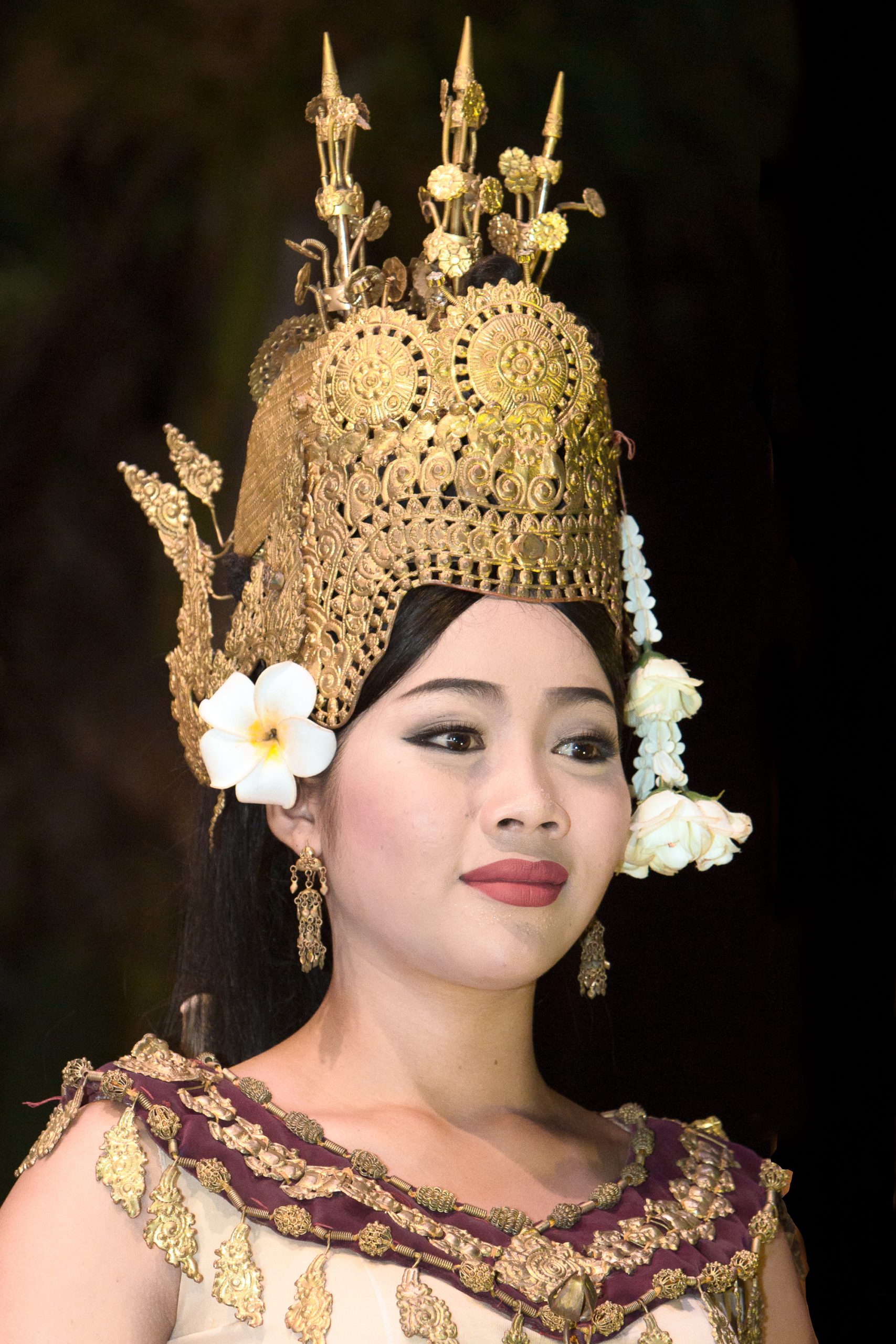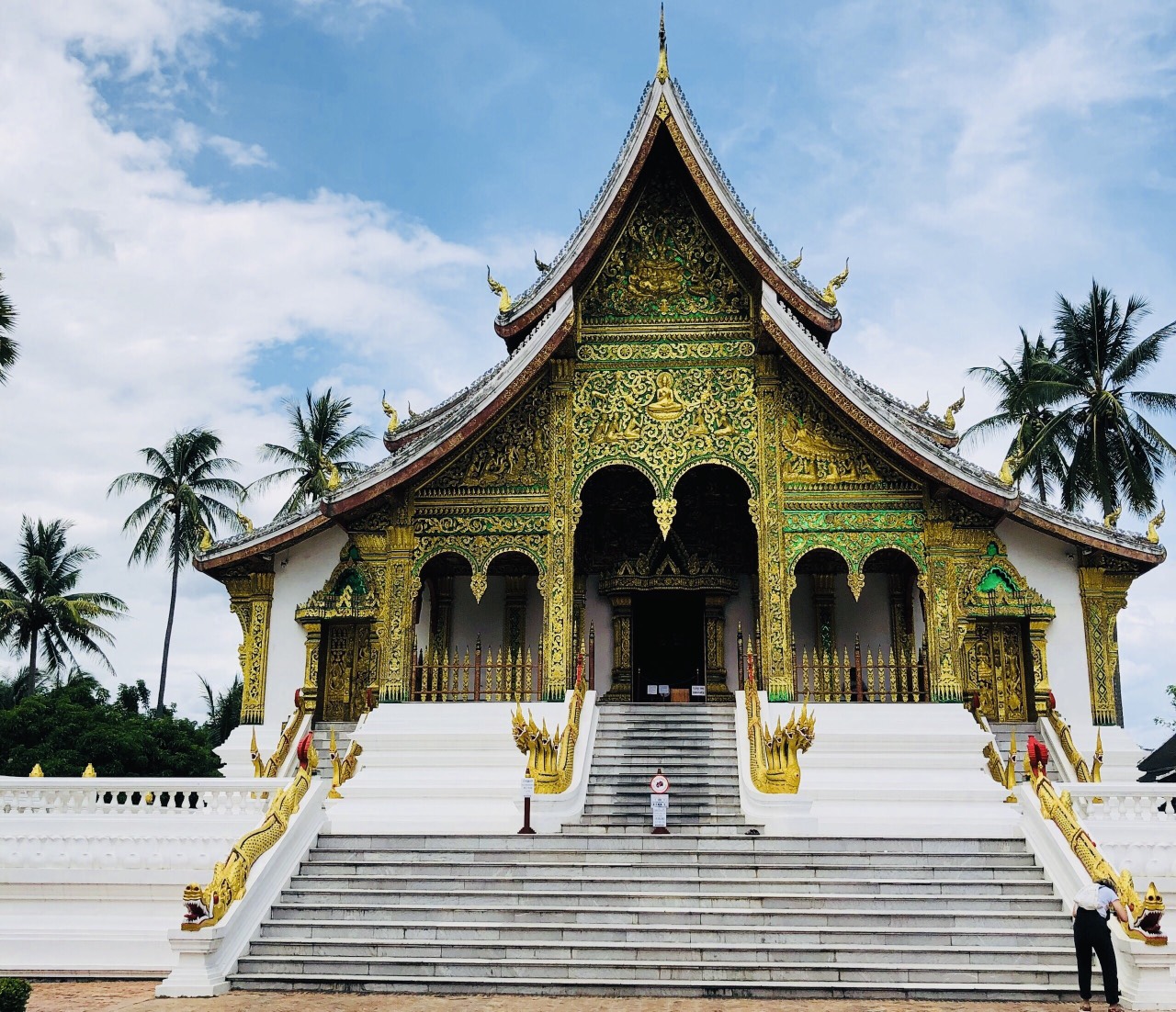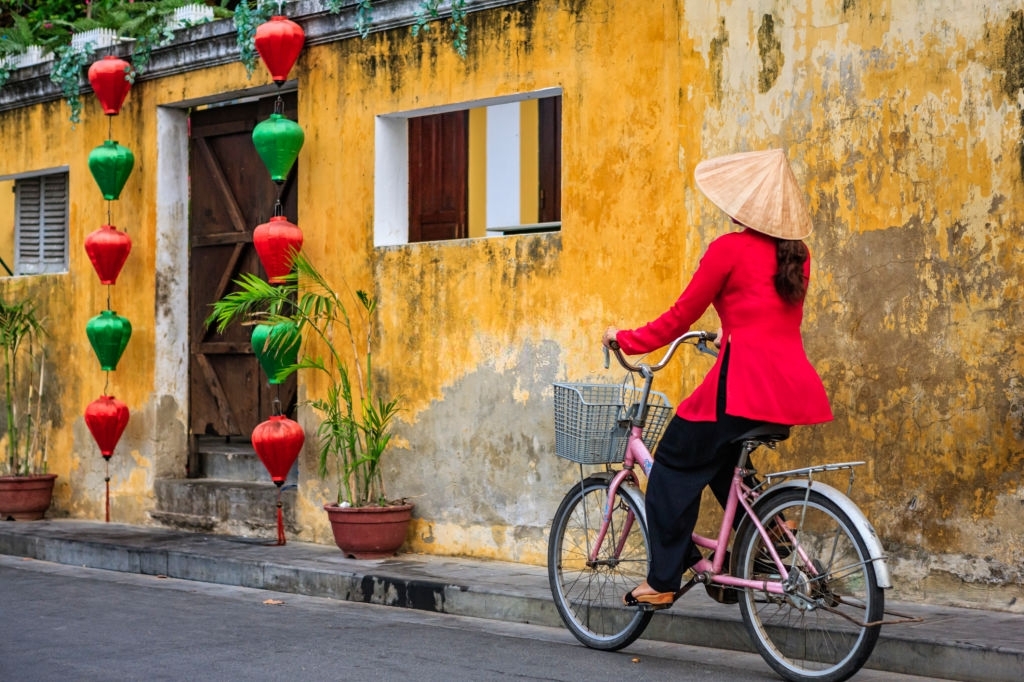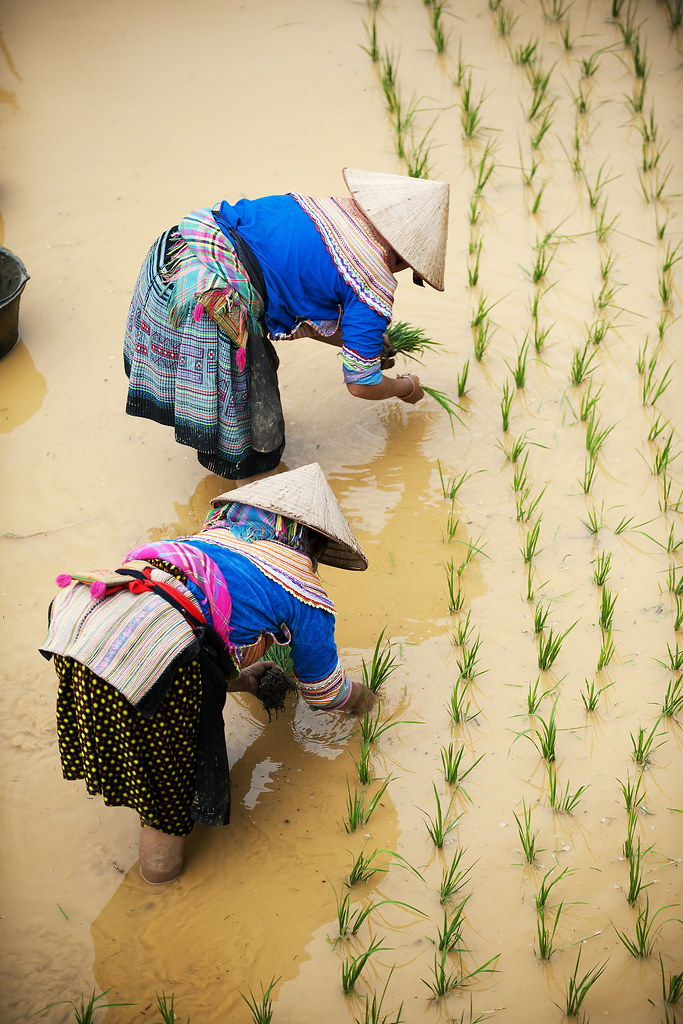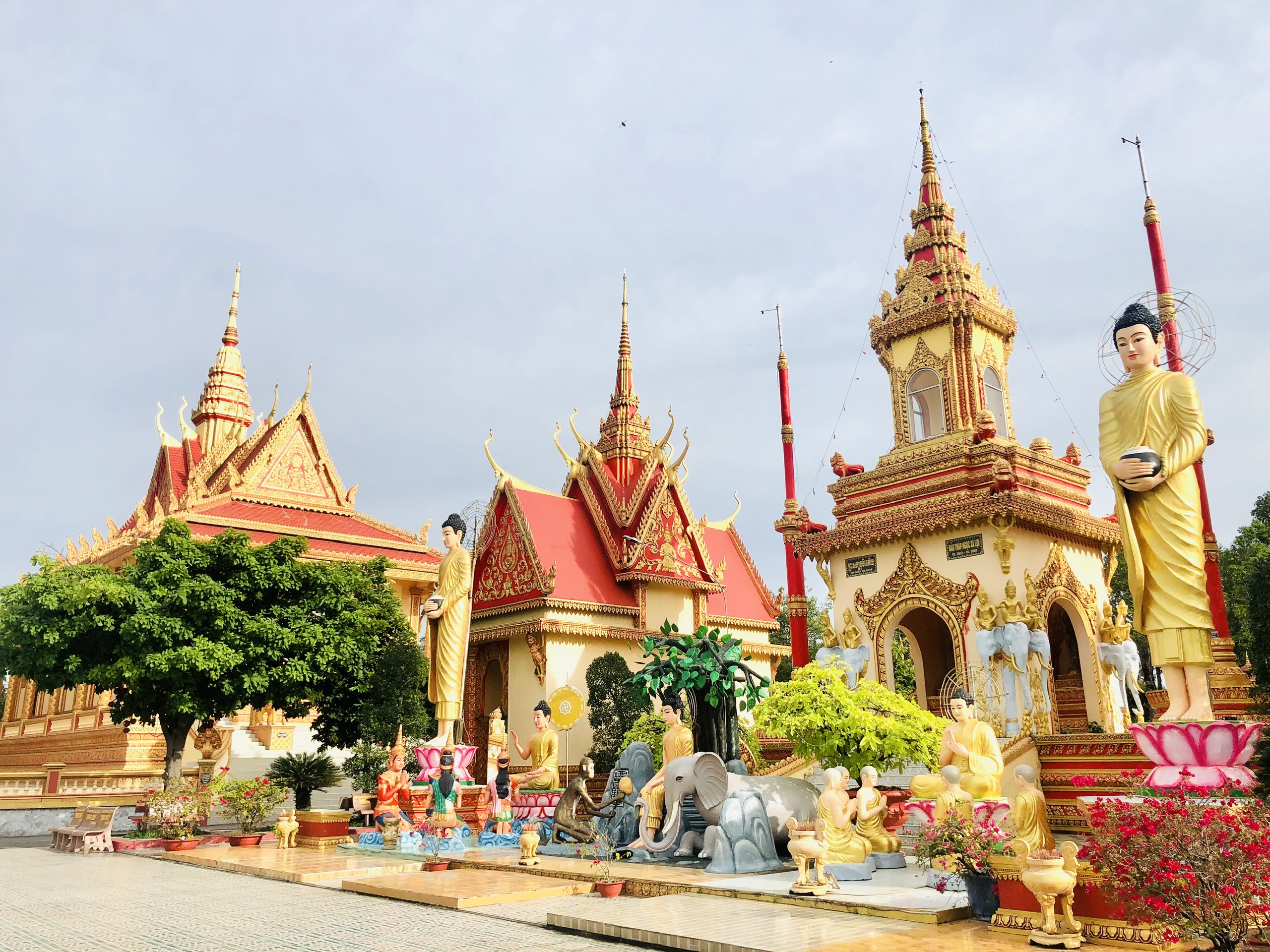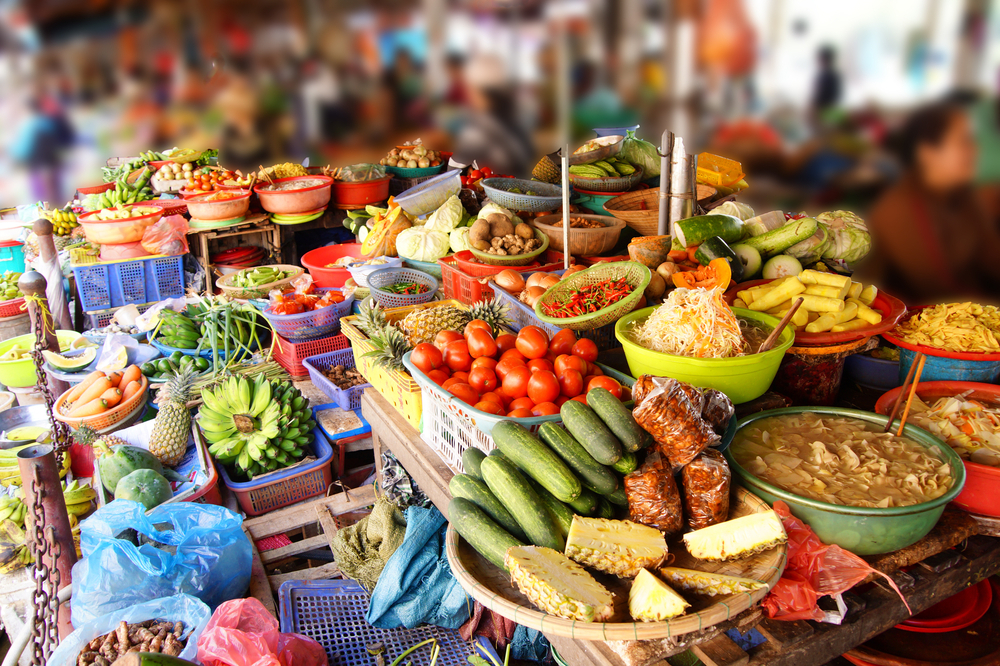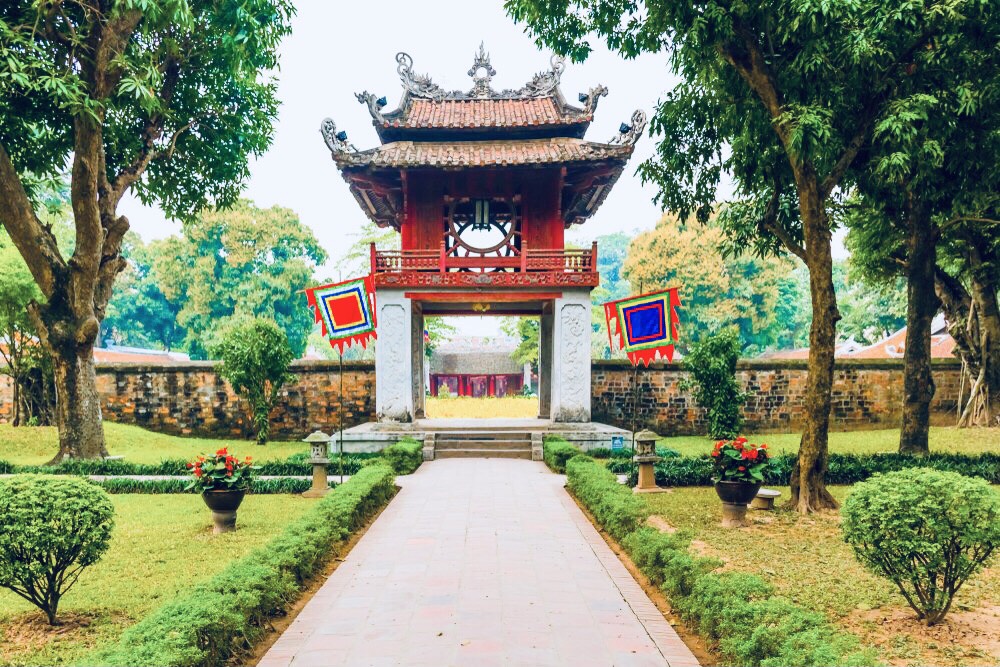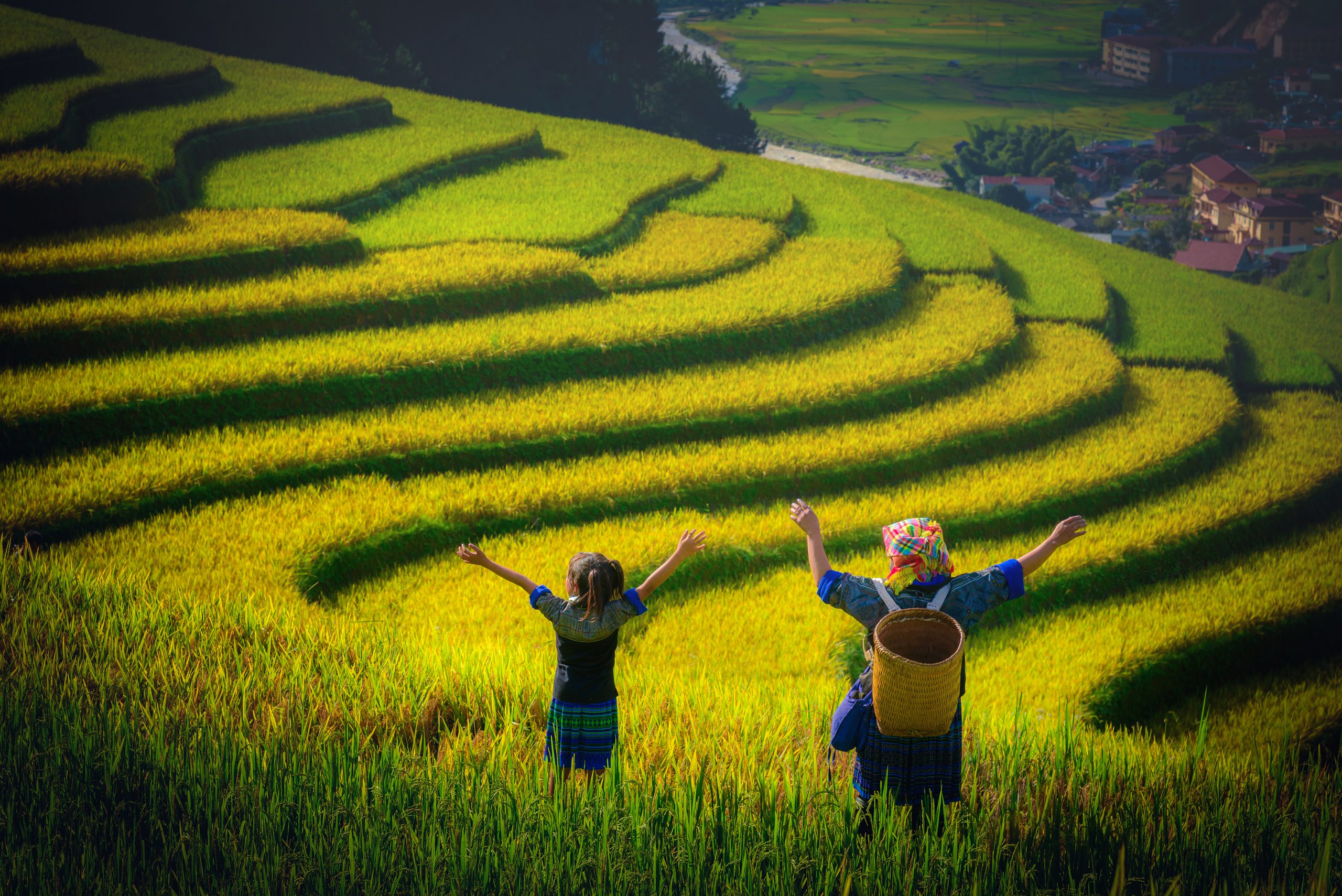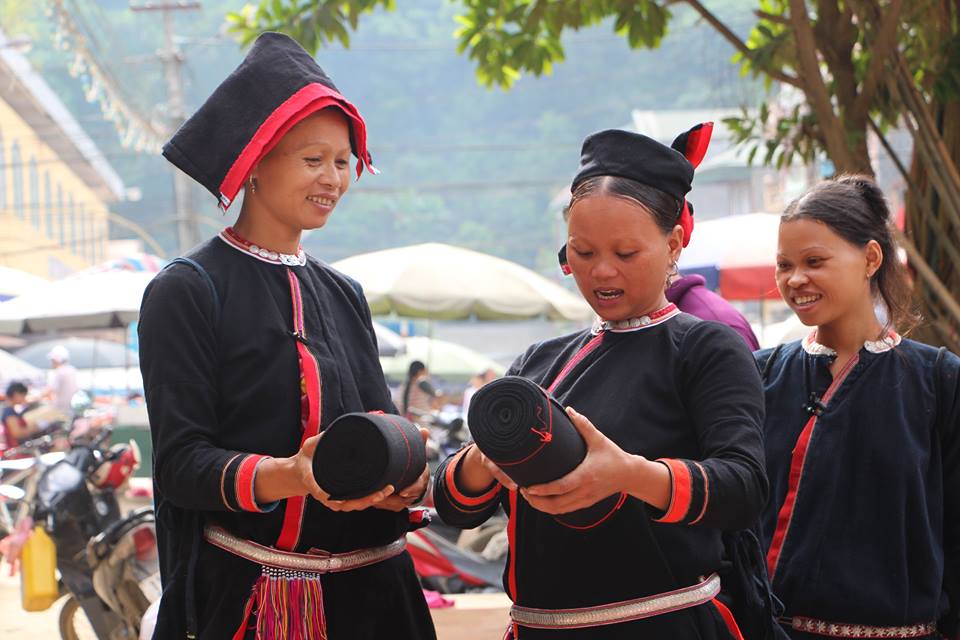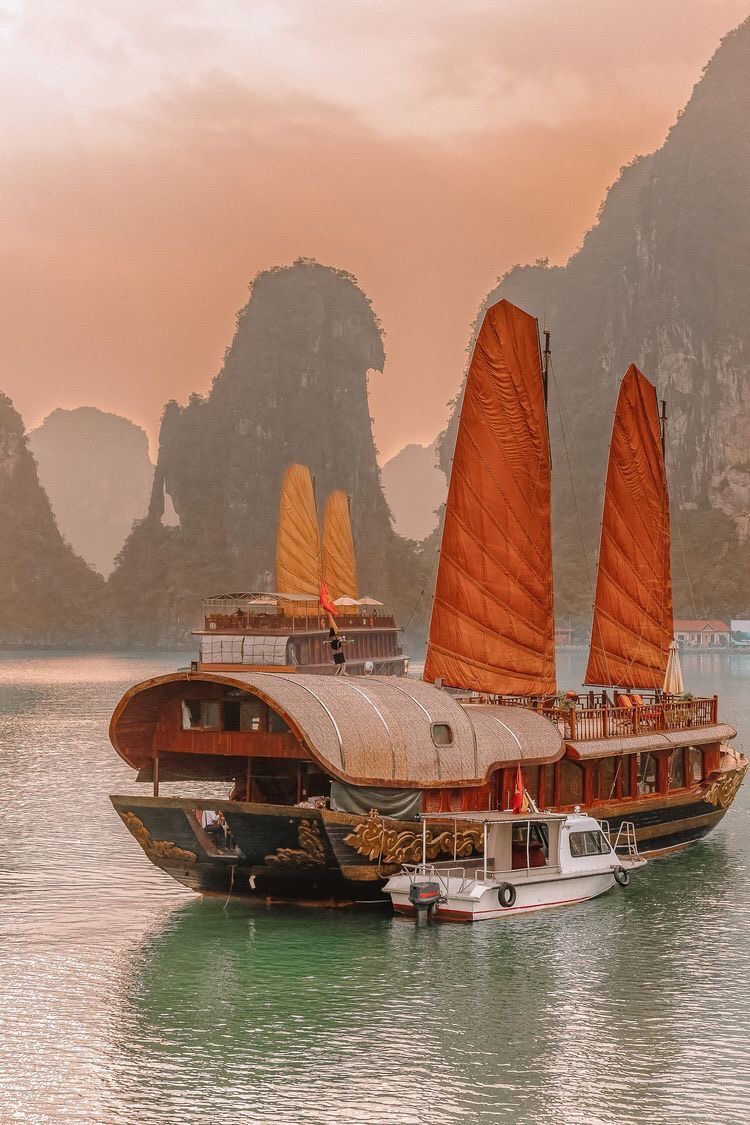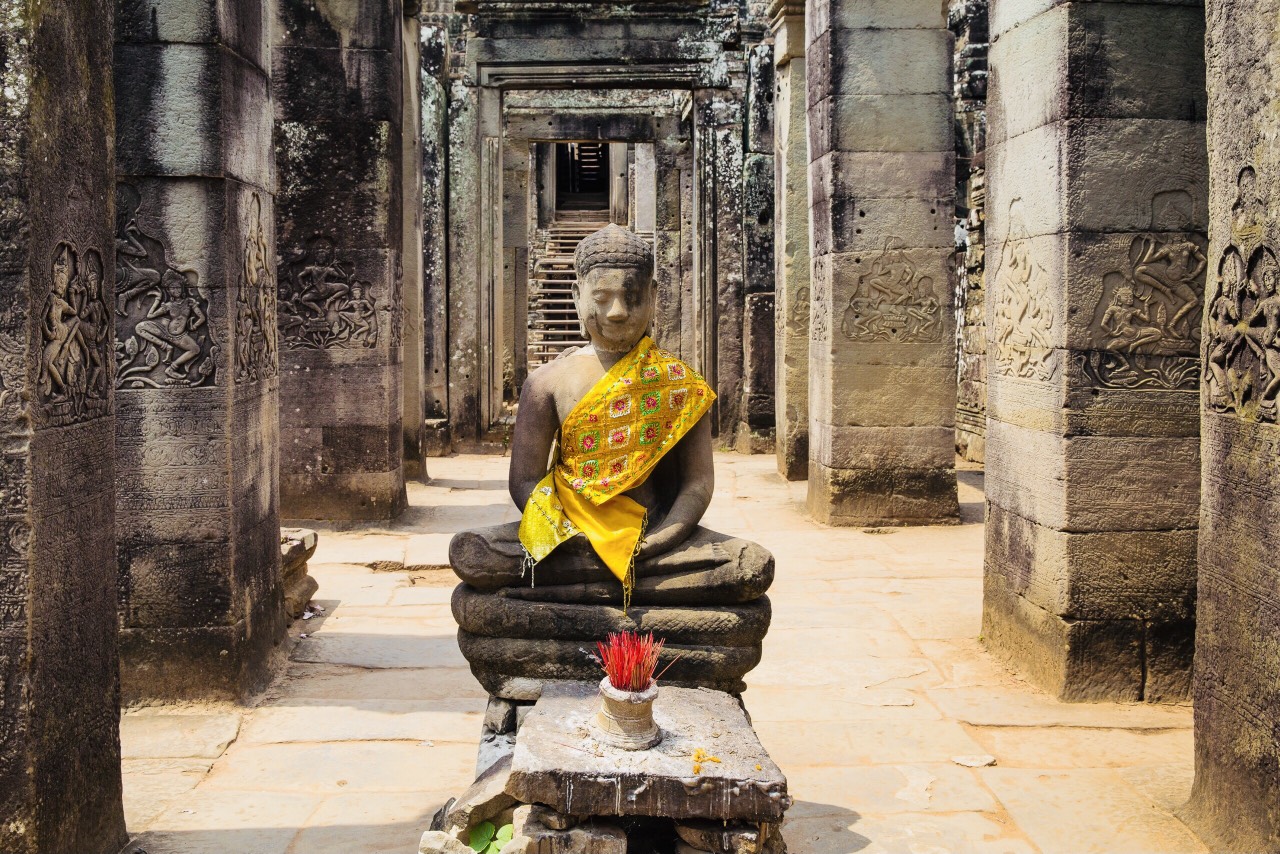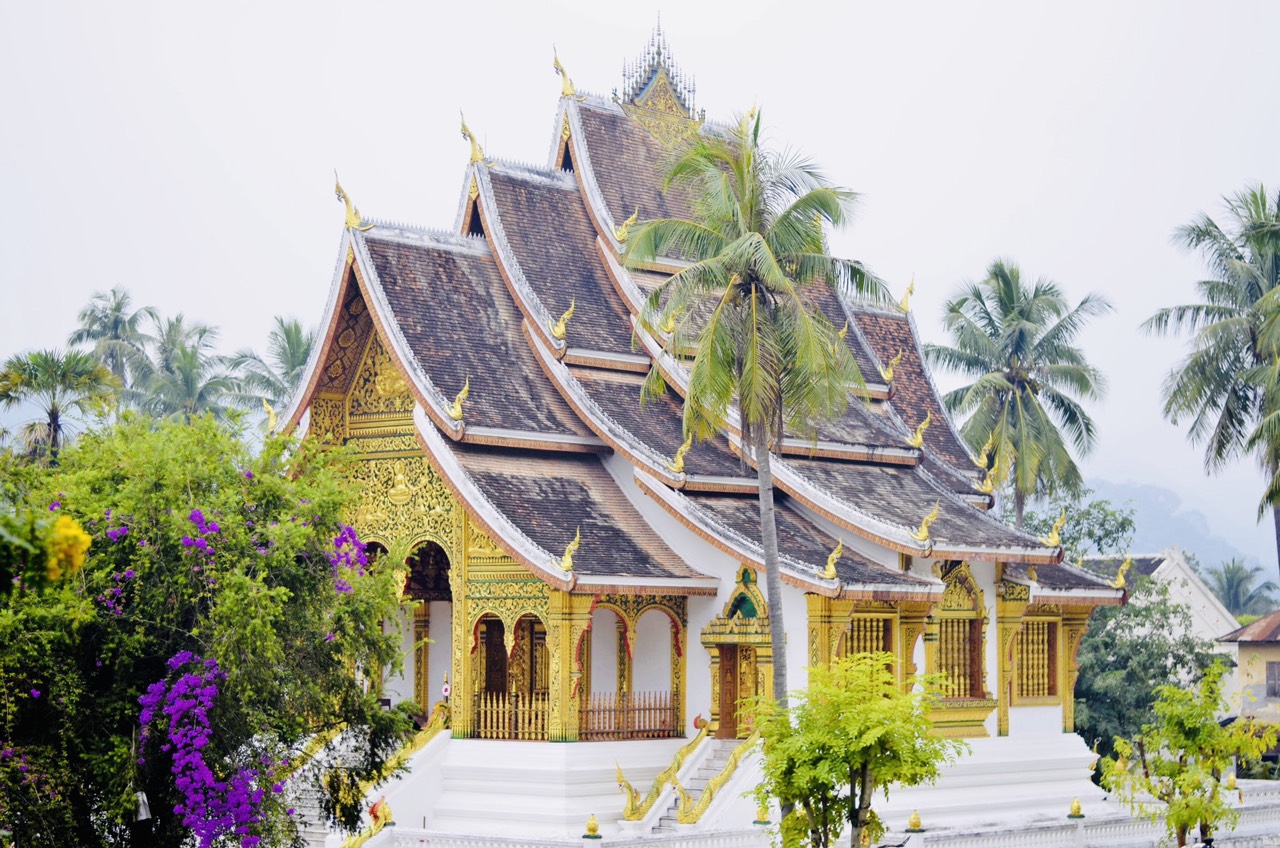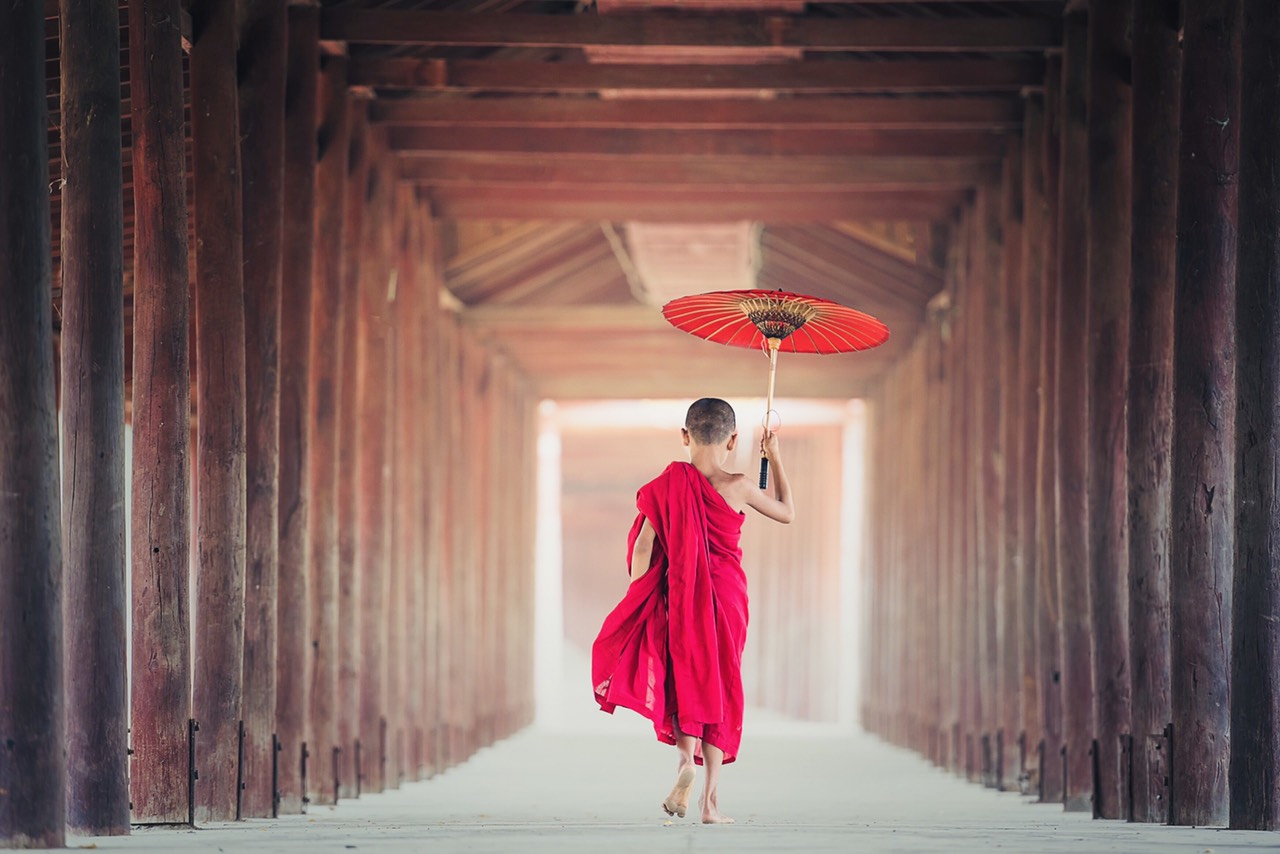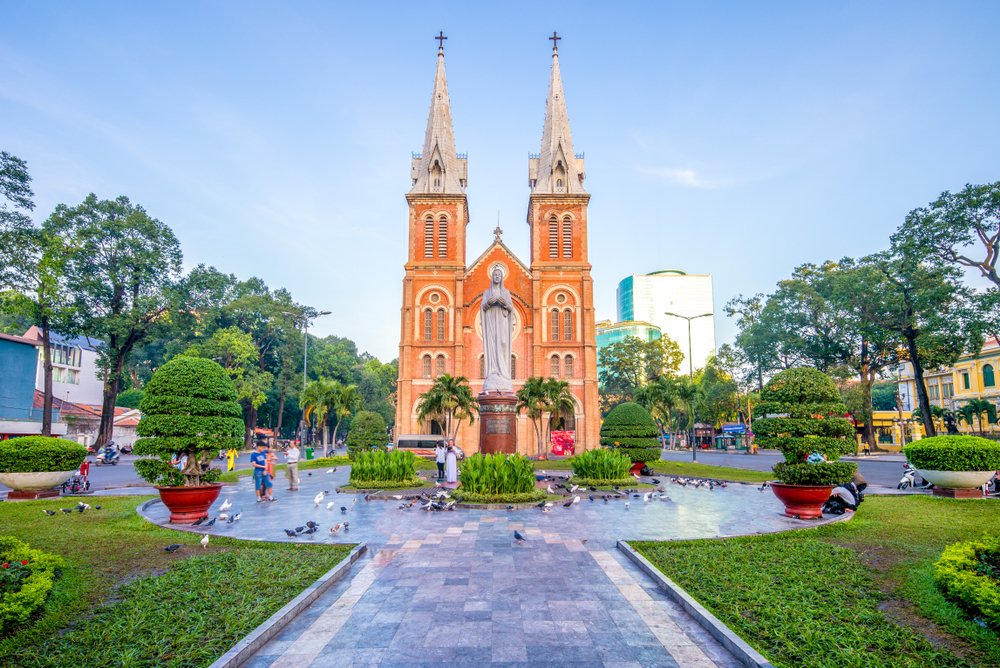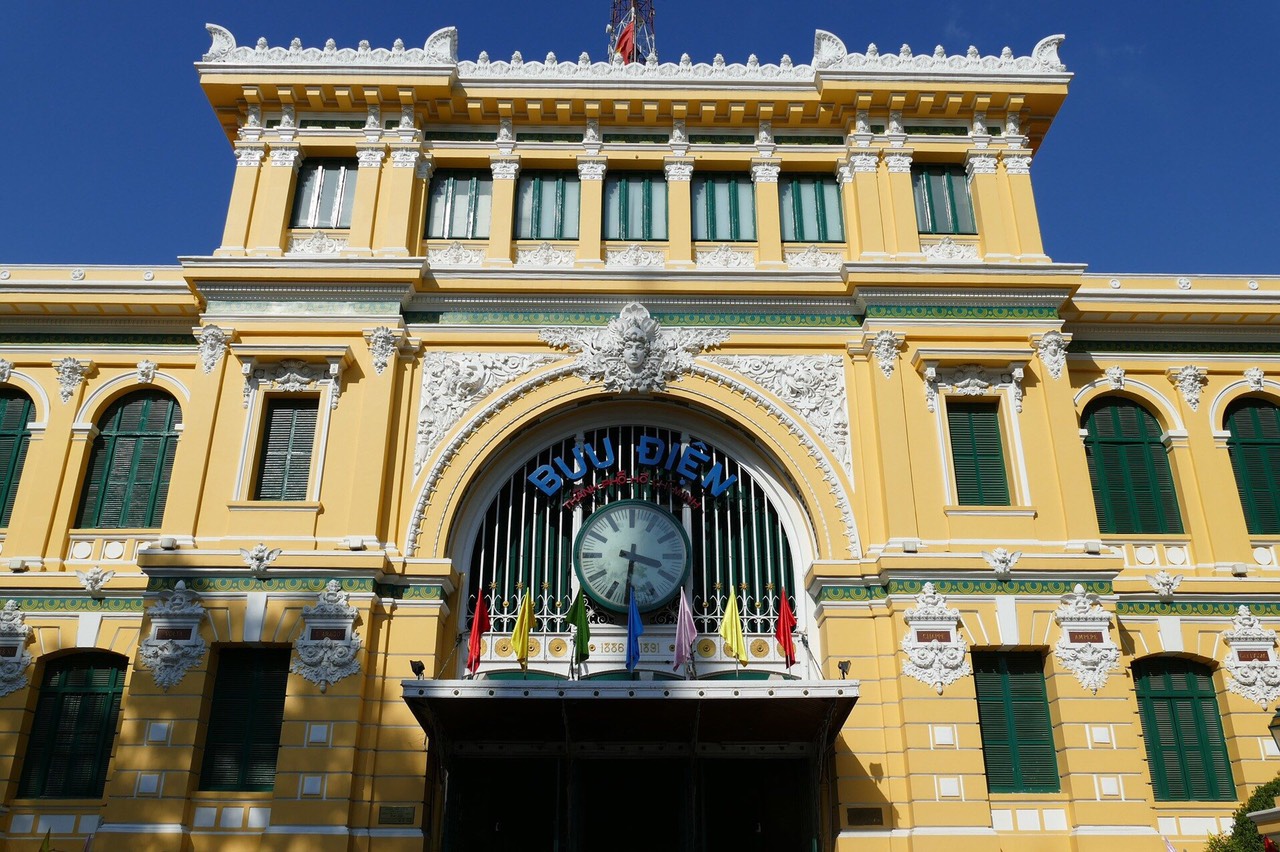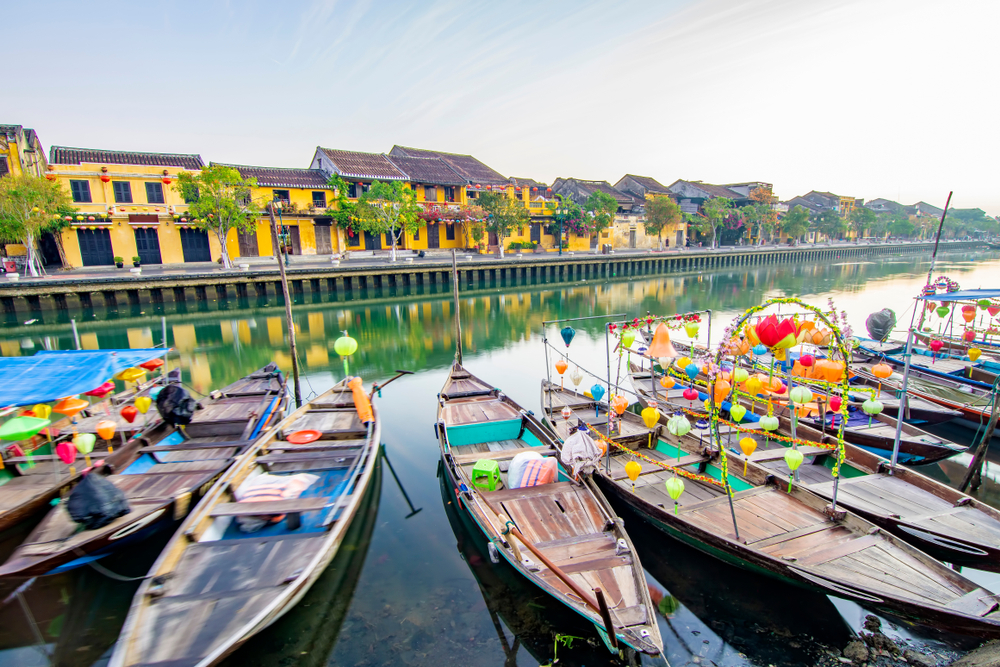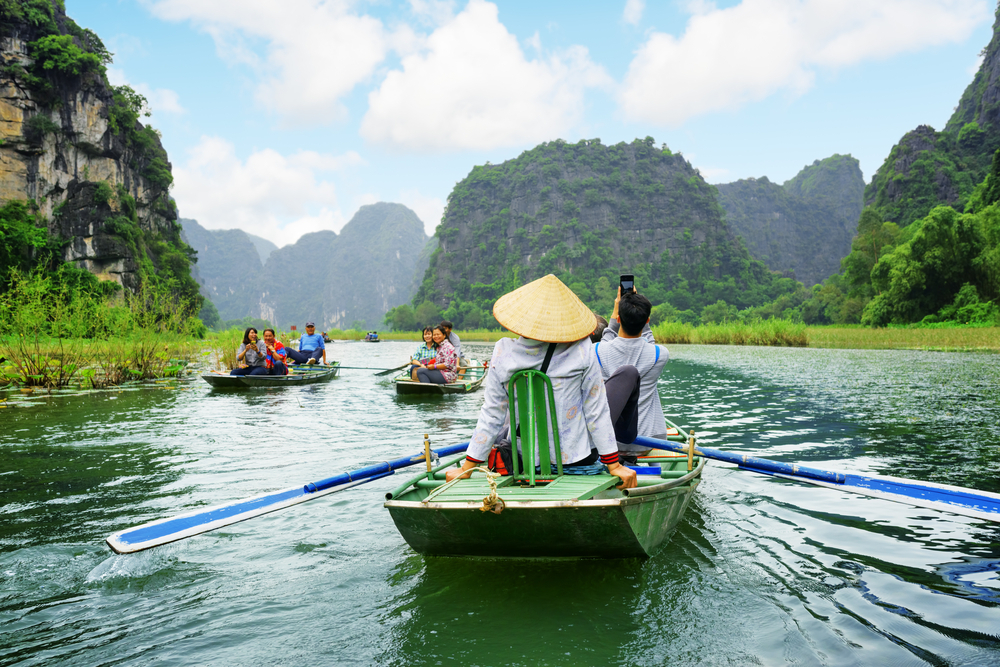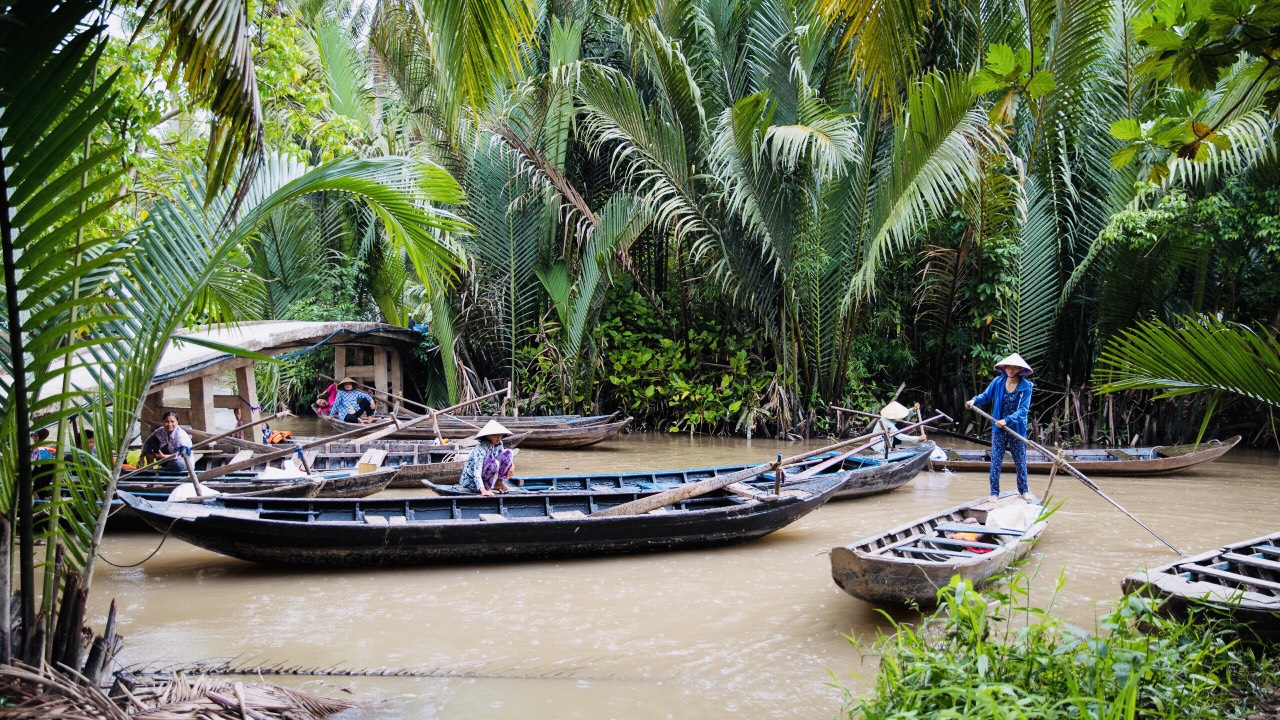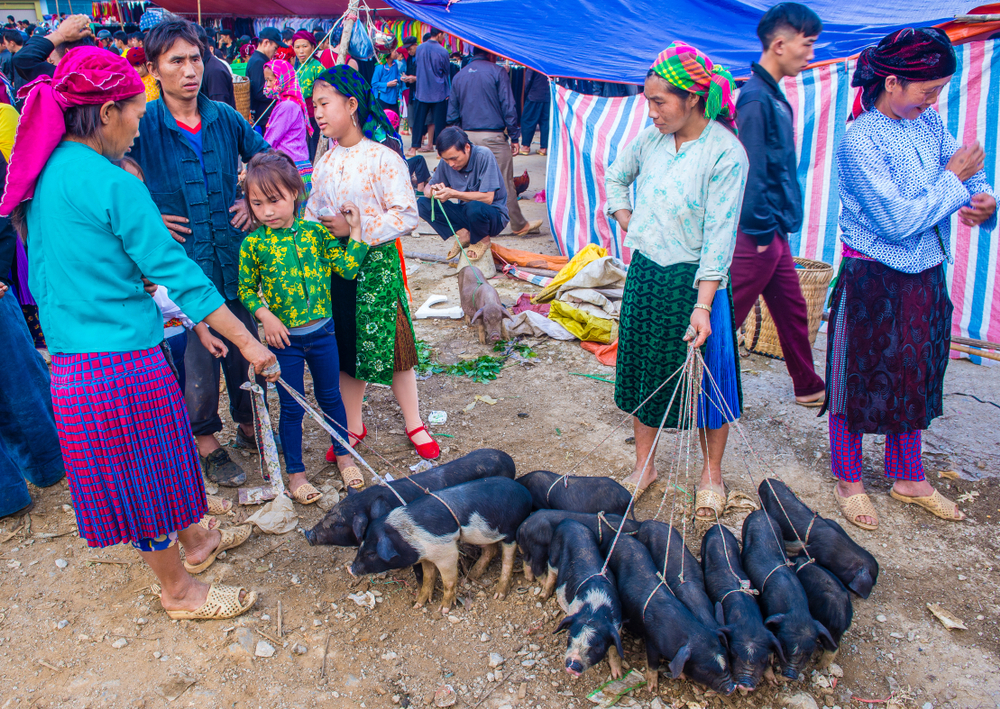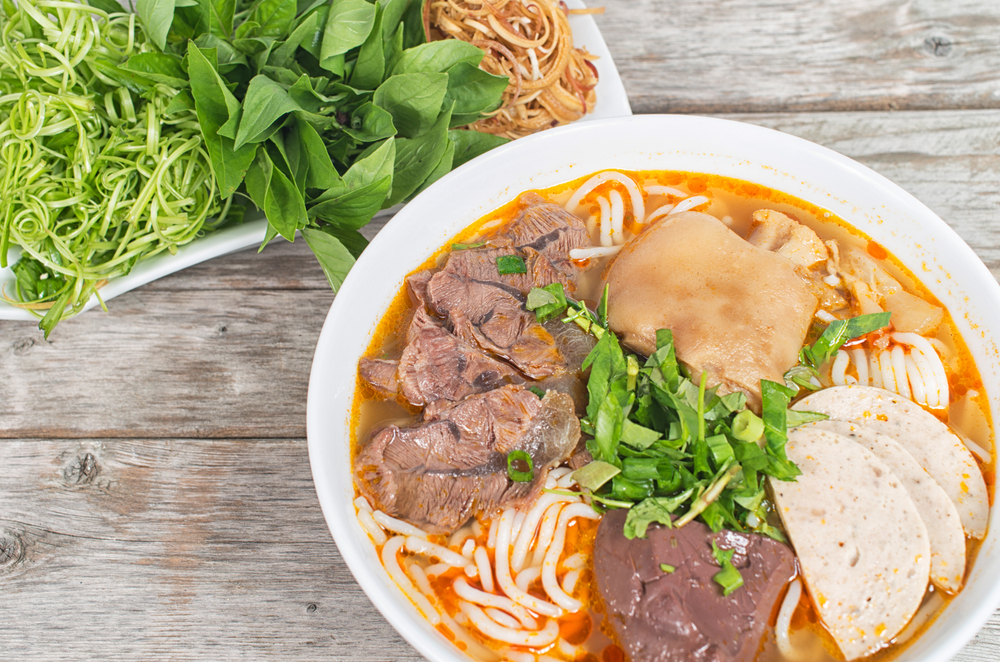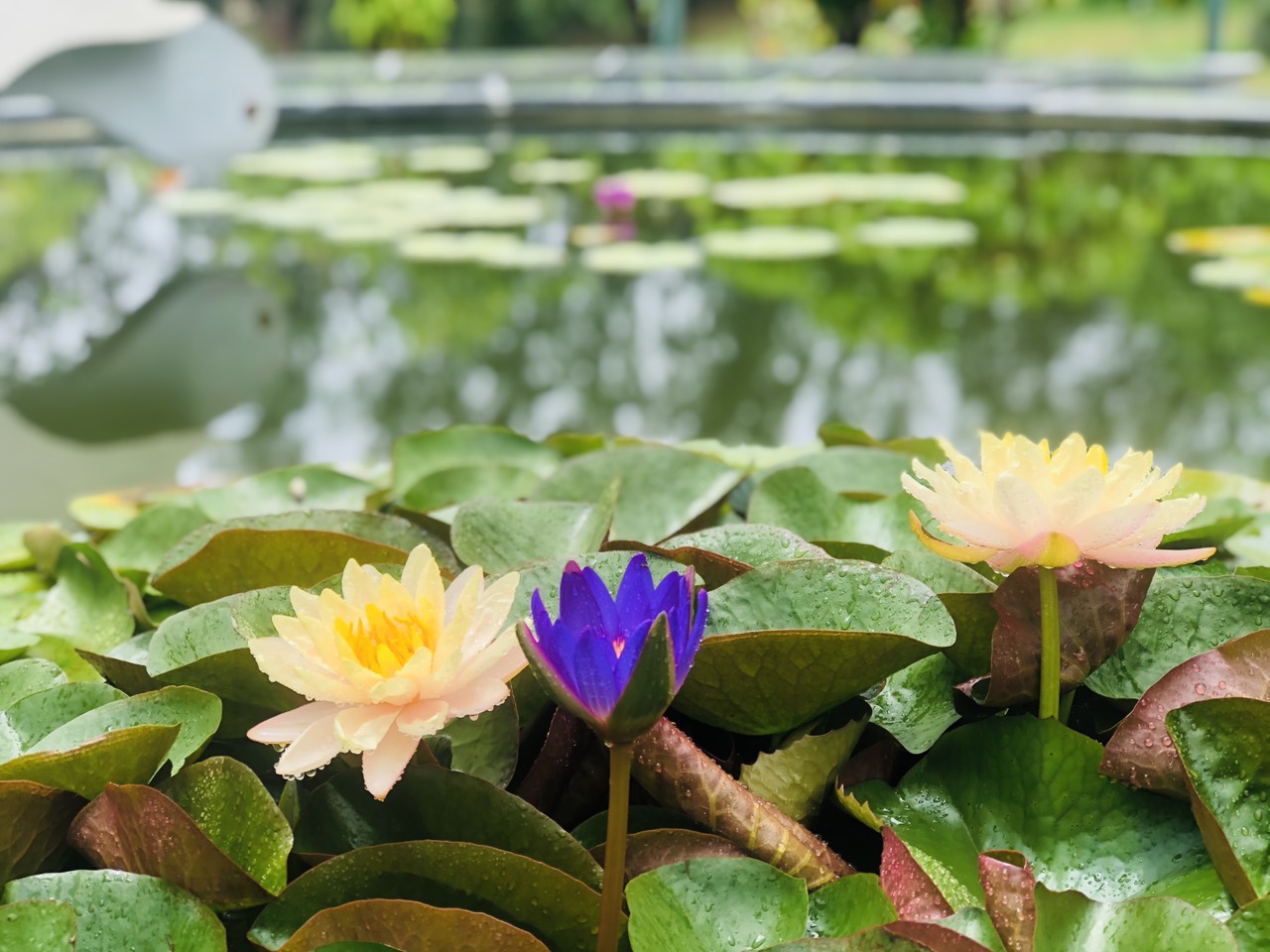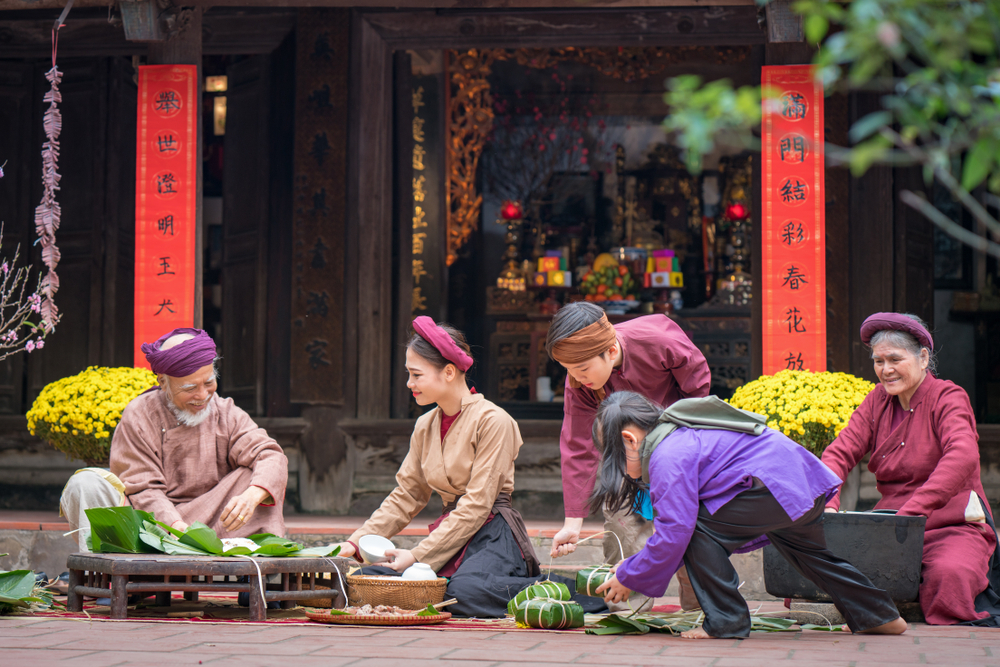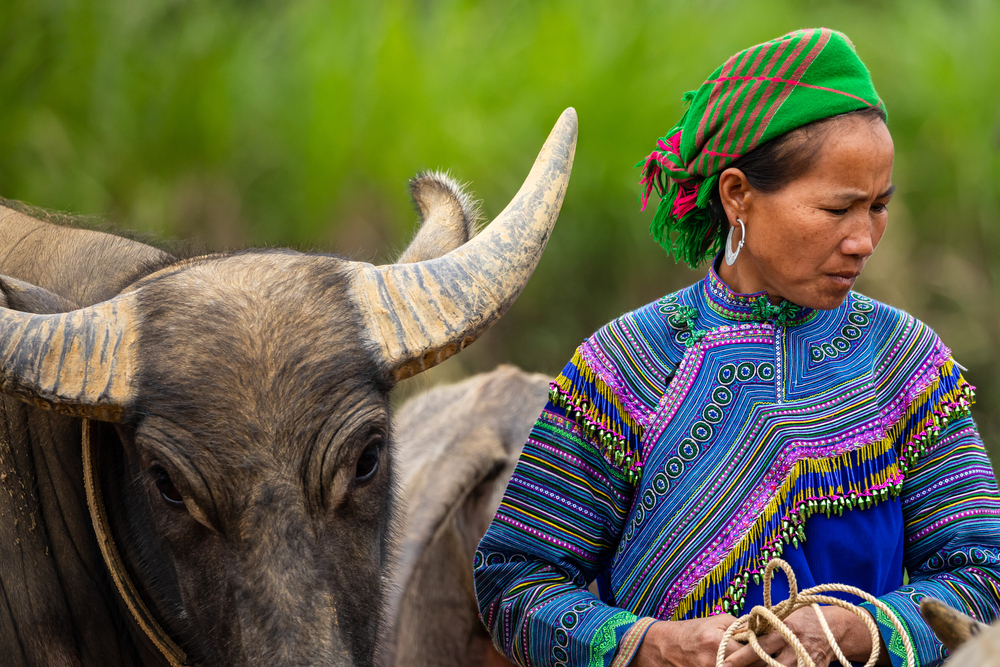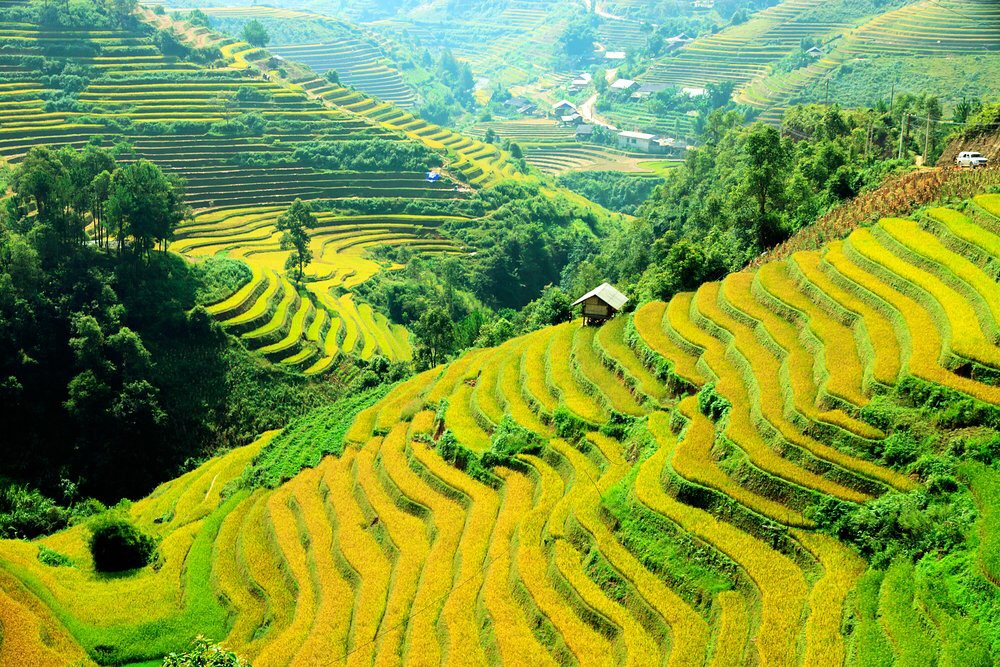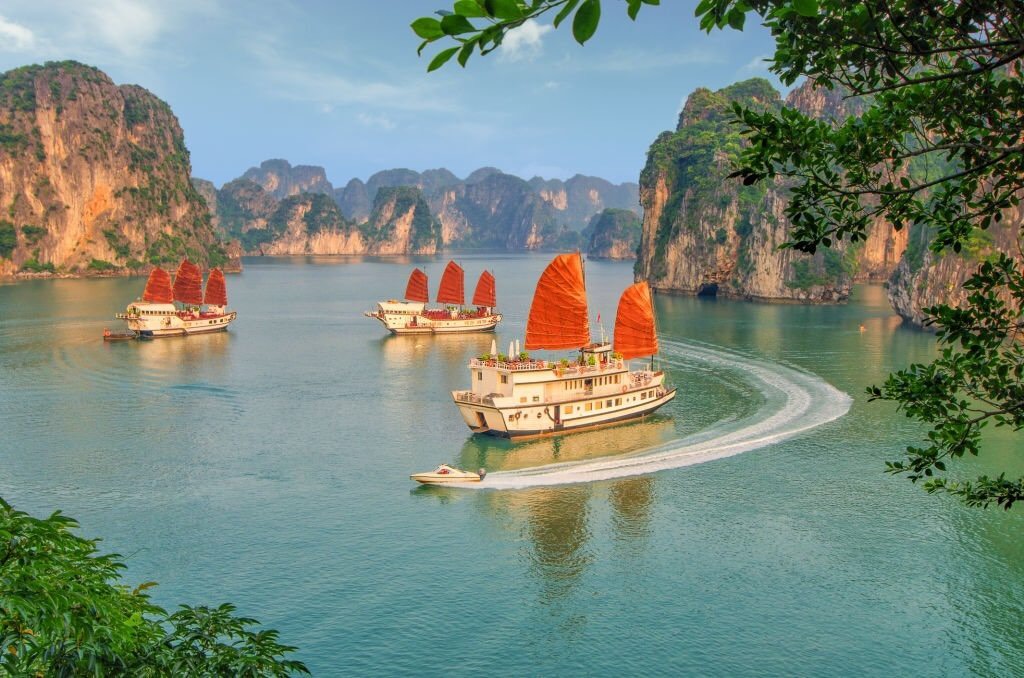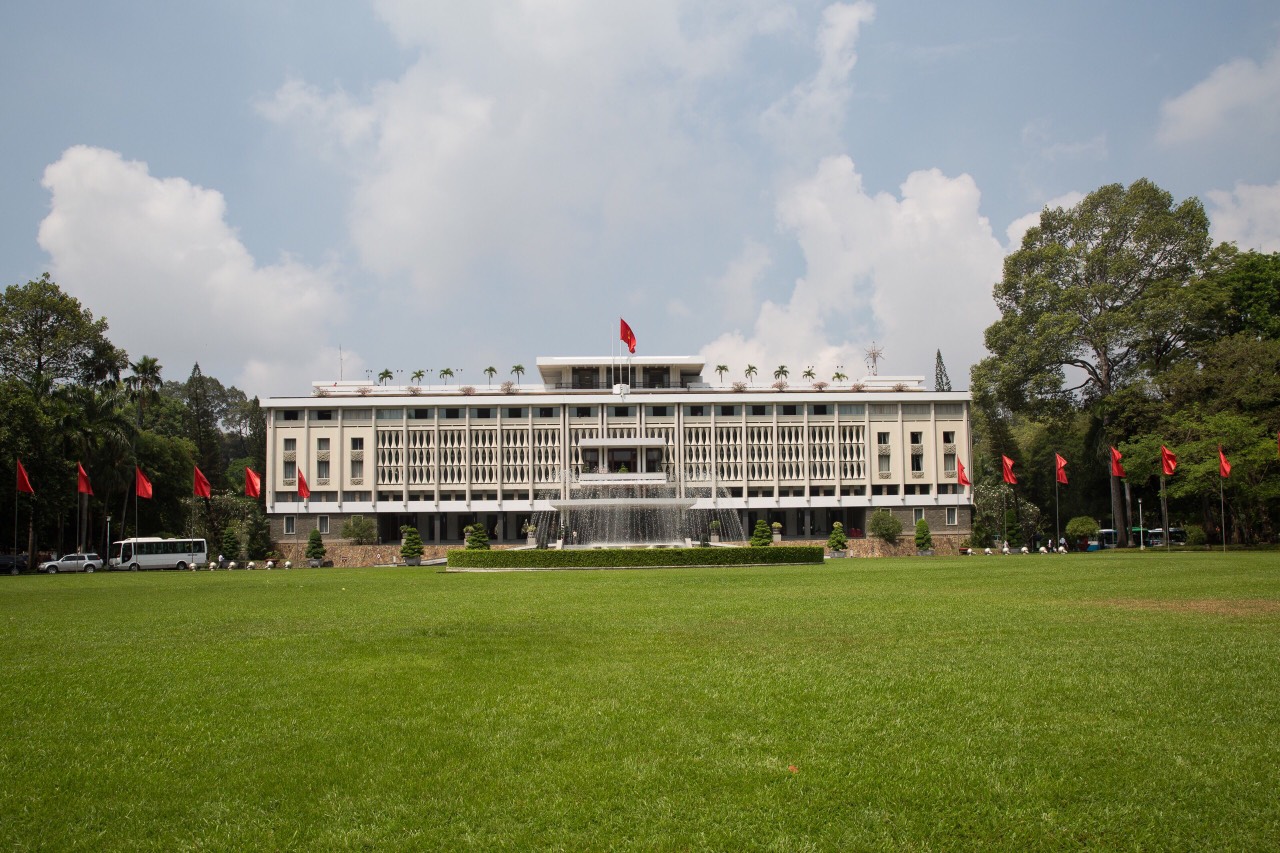
Saigon (Ho Chi Minh City) is a bustling city with a rich and varied culture and history. It is the commercial center and largest city in Vietnam, a place where the ancient meets the modern in stark contrast.
Being a big city, it is not surprising that there is a lot to do here! If you’re wondering what to do in Ho Chi Minh City, don’t worry, we’ve put together the best activities, attractions and tours for you !
1. Nguyen Hue pedestrian street
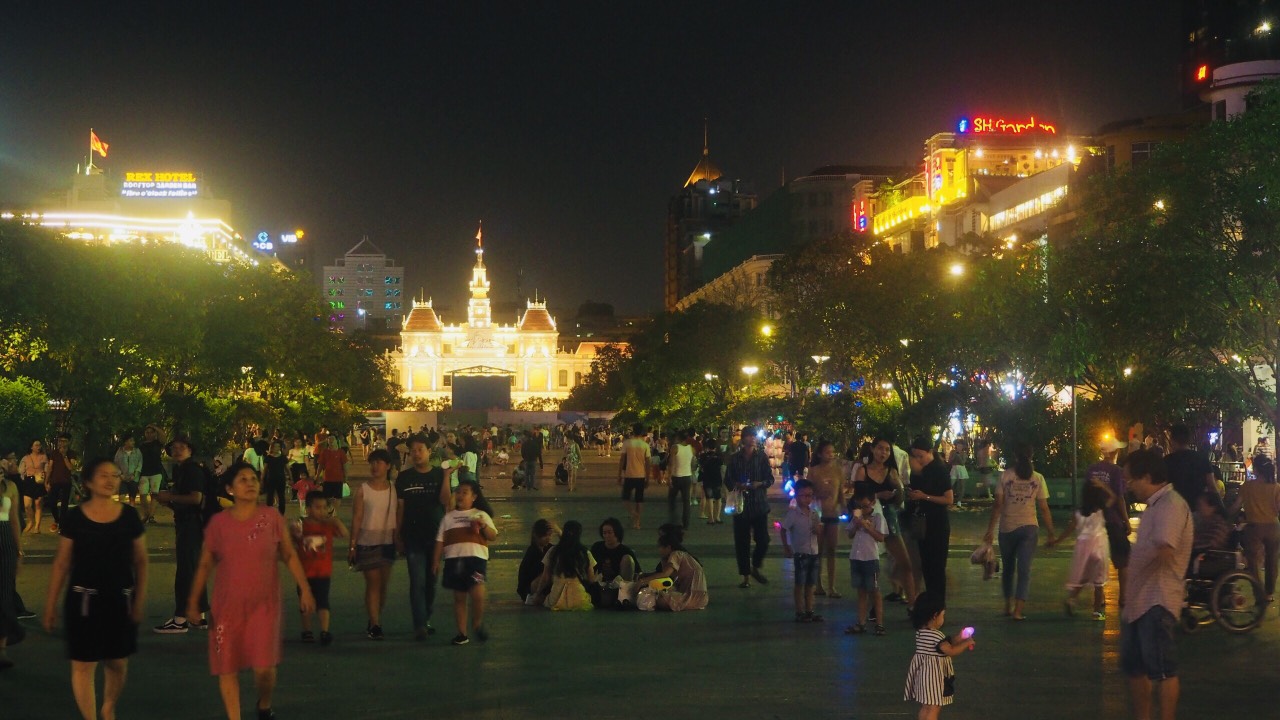
Nguyen Hue Street is the first pedestrian street in Vietnam and is very lively at night. Located in the center of Saigon (1st district), Nguyen Hue Street is an ideal place not only for tourists but also for local employees. There are restaurants and stores along both sides of the street.
It is closed to vendors and motorcycles, so it is a place where you can walk quietly without fear of being around vehicles. There is a large and picturesque statue of Ho Chi Minh and a fountain that does its show at night. Not only is it a nice place to walk, but the street is also lined with quaint cafes, delicious restaurants and stores. Be sure to stop by Apartment 42 (sometimes called “Cafe Apartments”) – a former apartment building that now houses cafes, stores and restaurants!
Also, during Tet (Vietnamese Lunar New Year holiday), Nguyen Hue pedestrian street is colored by hundreds of different types of flowers.
2. The Reunification Palace
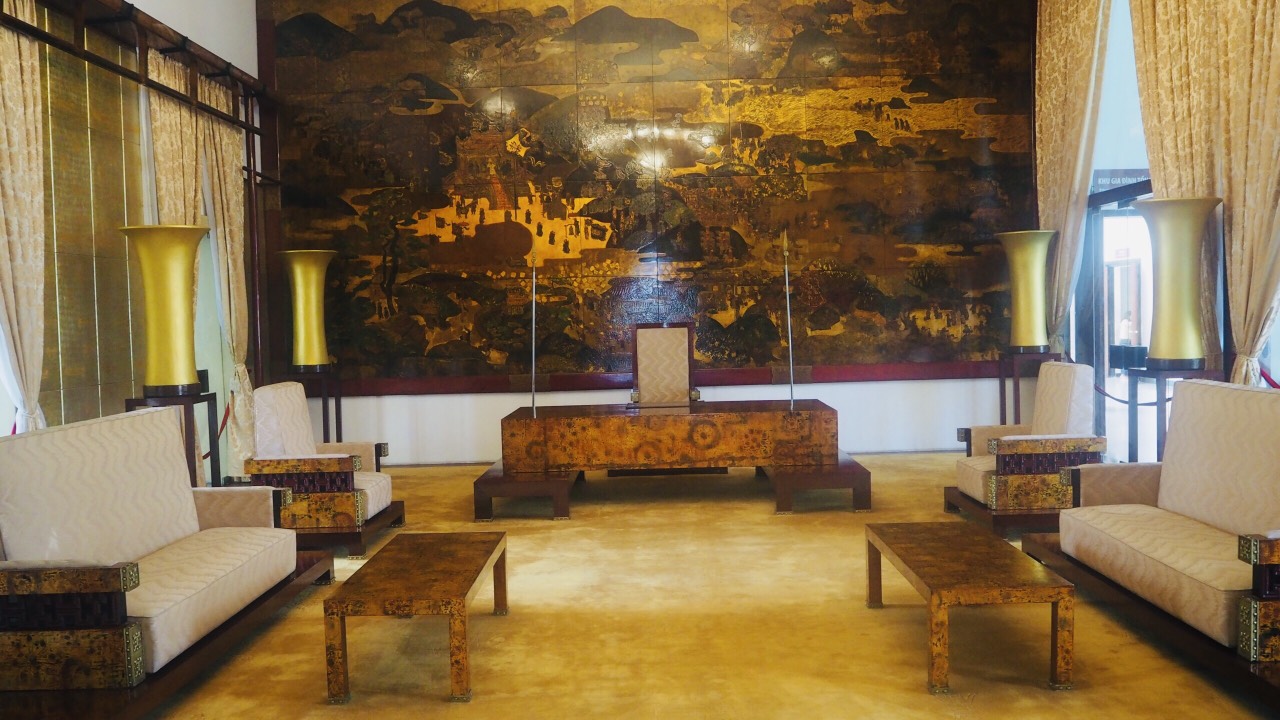
The Reunification Palace (also known as the Independence Palace) was originally called Norodom Palace and served as the base for Vietnamese General Ngo Dinh Diem until his death in 1963. Diem was incredibly unpopular and the palace was bombed by his own air force in 1962 in an assassination attempt. So he decided to build a new residence there, but with a bomb shelter in the basement, in case it happened again. His fears were realized when he was assassinated by his own troops.
The new residence, the Reunification Palace, became the residence of the president of South Vietnam during the Vietnam War. It is a fine example of 1960s architecture, with classical furnishings and decor. Meeting rooms dominate the lower floor, with an impressive bar on the second floor, and a bomb shelter and communications center in the basement.
This is also the site that ended the Vietnam War when a North Vietnamese Army tank crashed into its main gate in 1975.
3. Notre Dame de Saigon Cathedral and the Central Post Office
Built by the French in the 1980s, Notre Dame de Saigon Cathedral is a must-see when visiting Saigon. Most of the building materials were imported from France, the red bricks on the exterior came from Toulouse. After the war and its destructions some of them were replaced by Vietnamese materials. After 200 years of history, the Notre Dame Cathedral still has its French cachet with a revised Romanesque and Gothic architecture inspired by Notre Dame de Paris. It is located in the heart of Saigon city and is the meeting and prayer place of the Catholics of the region.
Located next to the Notre Dame Cathedral, the Ho Chi Minh Central Post Office is a beautifully preserved relic of the French colonial era and was perhaps the largest post office in all of Southeast Asia. The two cultural sites can be visited together and offer visitors the opportunity to imagine life in Vietnam during the Indochinese Empire. The building was designed by Alfred Foulhoux and features arched windows and wooden shutters, as in its heyday in the late 19th century.
4. Discovery of its museums on history
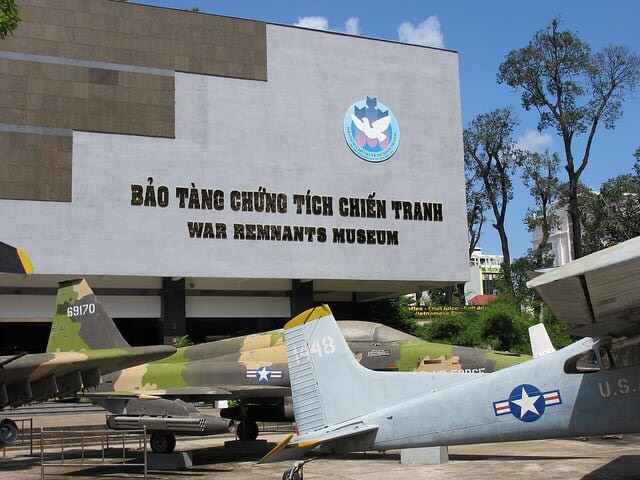
Saigon, the largest city in Vietnam with a rich history, is known for its museums on various subjects. The museums “to visit” are: Ho Chi Minh City Museum, War Remnants Museum and Vietnam History Museum. If you are interested in the art, culture, daily life of Saigon, there is the Art Museum, the Southern Women’s Museum, the Ho Chi Minh Movement Museum, etc. All these museums give us a global view of the city. All these museums give us a global view of the different aspects of local life while following the historical trend.
5. The museum of traditional Vietnamese medicine
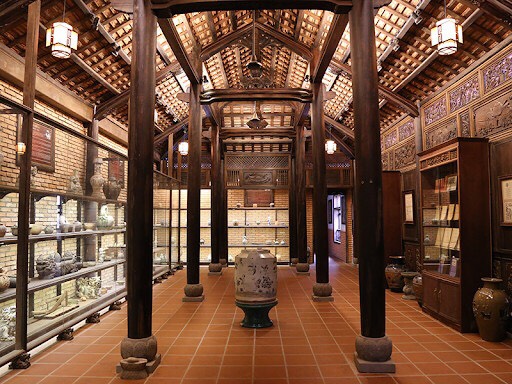
Is set in a five-story house, built and renovated to resemble a traditional Vietnamese style house. The carved wooden decorations and details of the house are incredible.
In the museum, you will find a collection of over 3,000 Vietnamese medicinal tools, as well as a collection of manuscripts, manuals, and guidebooks that document the variety of medicinal herbs and natural remedies used in traditional Vietnamese medicine practice. Upon arrival, you will first be invited to watch a short fifteen-minute film on the progression of ancient Vietnamese medicine, and then you are free to browse the museum at your own pace or with the help of a staff member.
6. Ben Thanh market
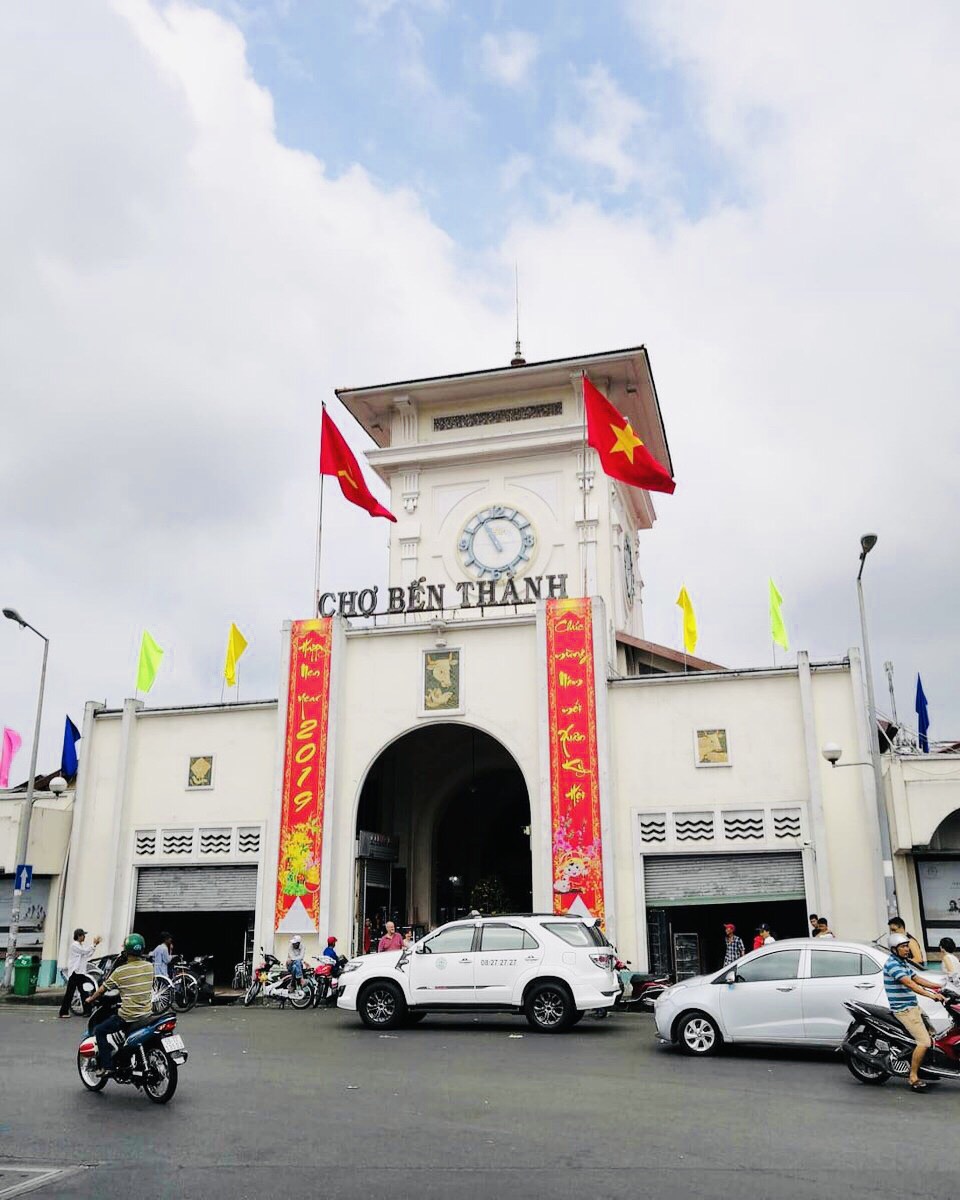
In the memory of former Saigon expatriates, one of the symbols of this beautiful city is the Ben Thanh market. Built and opened in 1912 for its current location, Ben Thanh Market is an integral part of the daily life of Saigonese.
During the day, all the activities of the Ben Thanh market take place in the large building built by the French. When night falls, traders begin to set up their own stalls outside – a new version of Ben Thanh Market – the night market.
7. Visit of the Cu Chi tunnels
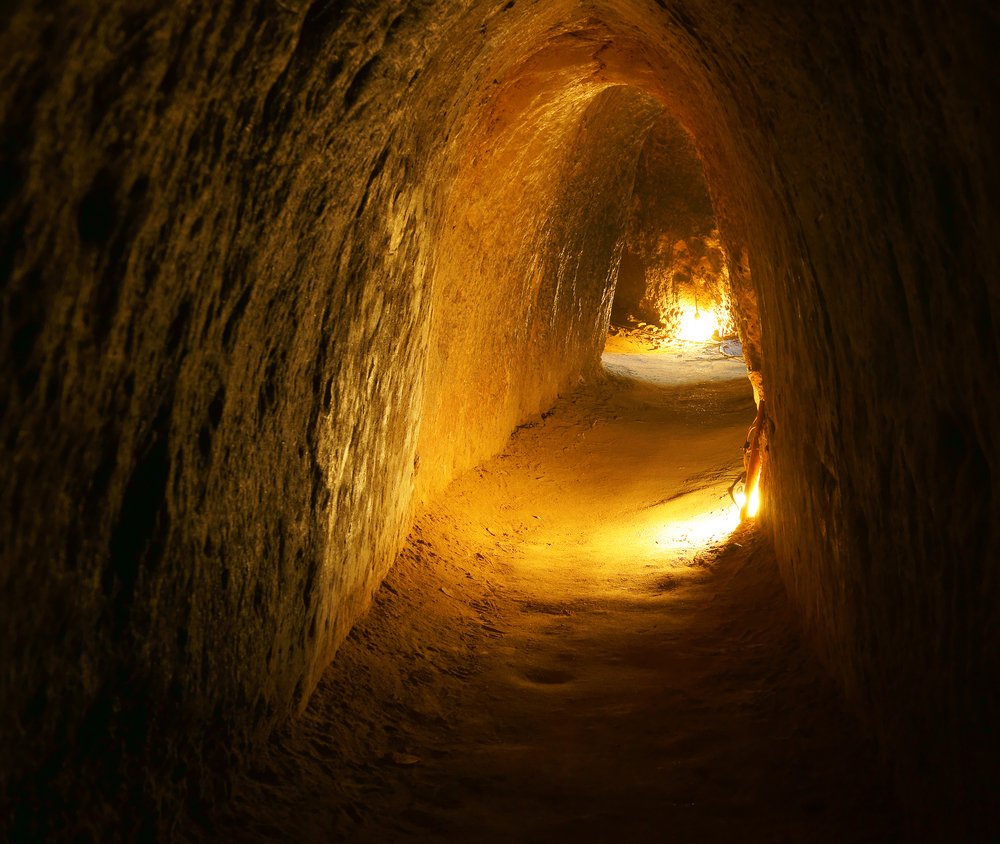 One of the main attractions of Ho Chi Minh City, these tunnels consist of a series of underground chambers that stretch 30 kilometers outside the city. You can now visit sections of the tunnels and crawl through the small spaces to discover the living conditions of the Vietcong during the Vietnam War.
One of the main attractions of Ho Chi Minh City, these tunnels consist of a series of underground chambers that stretch 30 kilometers outside the city. You can now visit sections of the tunnels and crawl through the small spaces to discover the living conditions of the Vietcong during the Vietnam War.
The Cu Chi tunnels are a huge network of connecting tunnels located in the Cu Chi district 40 km from the city center and are part of a much larger network of tunnels that underlies much of the country. The Cu Chi tunnels were the scene of several military campaigns during the Vietnam War.
The tunnels were used by Viet Cong soldiers as hiding places during combat, and served as communication and supply routes, hospitals, food and weapons caches, and living quarters for many North Vietnamese fighters. The tunnel systems were of great importance to the Viet Cong in their resistance to U.S. forces.
8. Nightlife in Bui Vien Street
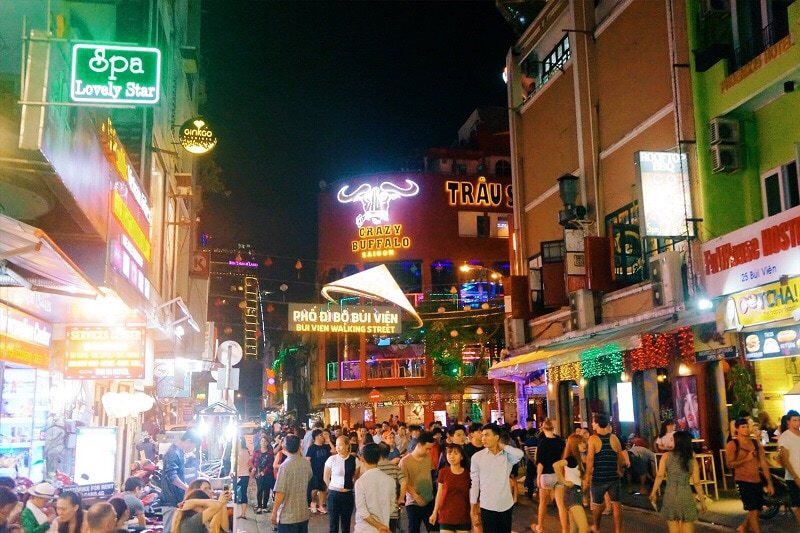
If you are looking for nightlife in Ho Chi Minh City, you must go to Bui Vien Street
Much like Khao San Road in Bangkok, Pham Ngu Lao area, and also Bui Vien Street, is the most famous area for budget backpackers in Ho Chi Minh City. Since this area is dominated by backpackers and foreign travelers, Pham Ngu Lao is also a very festive nightlife area, and among the hostels, there are many bars, nightclubs and massage parlors.
9. The 5th district – the Chinese district
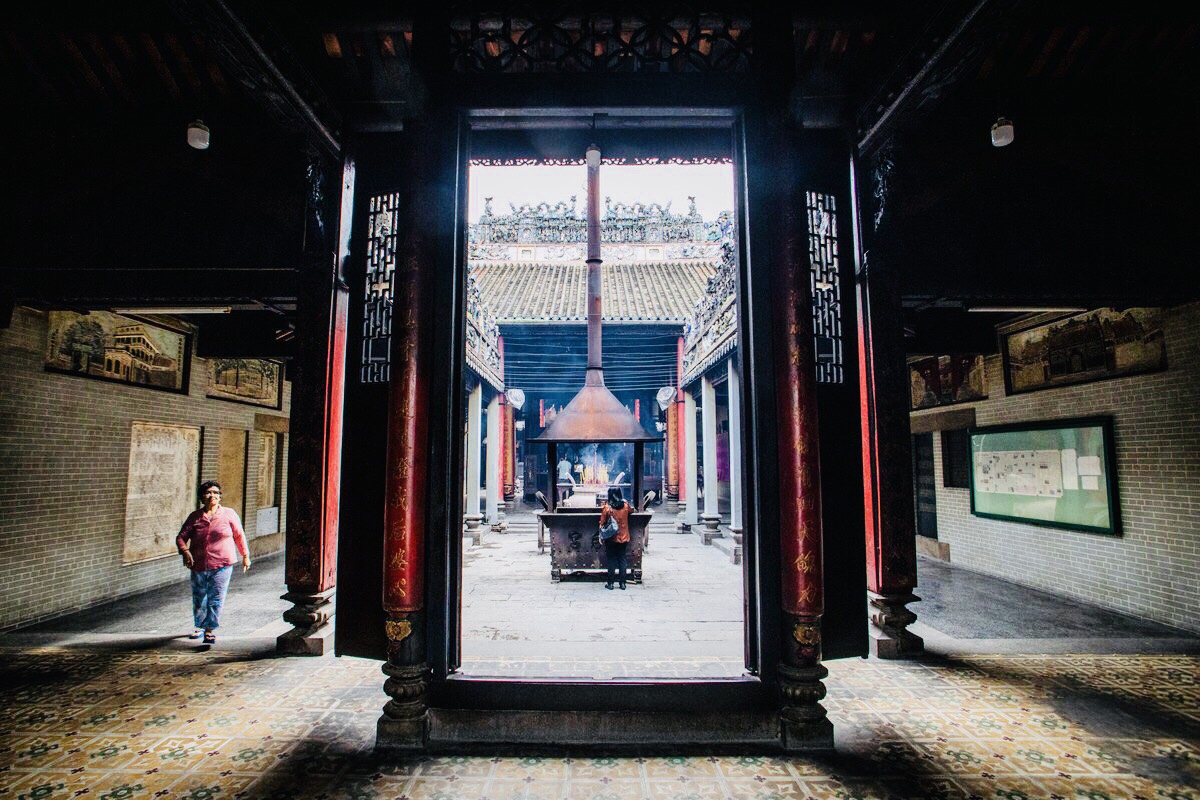
The Vietnamese people are made up of 54 different ethnic groups. Among these 54 ethnic groups, there is one that is very special, the “Hoa”. They are Vietnamese of Chinese origin who came and lived in Saigon for generations.
They settled in the 5th district which has since become the “Hoa” district.
When you enter the 5th district, you are surprised to discover “another Saigon” with a very Asian, very Chinese architecture. The Hoa of the 5th district still keep the traditions of their native country which they adapt to the general culture of Vietnam. You can easily find typical dishes like dim sum, Peking duck, Cantonese rice, etc. in restaurants decorated with hundreds of lanterns and served by “Hoa” in traditional costumes.
10. The stroll along the Saigon river
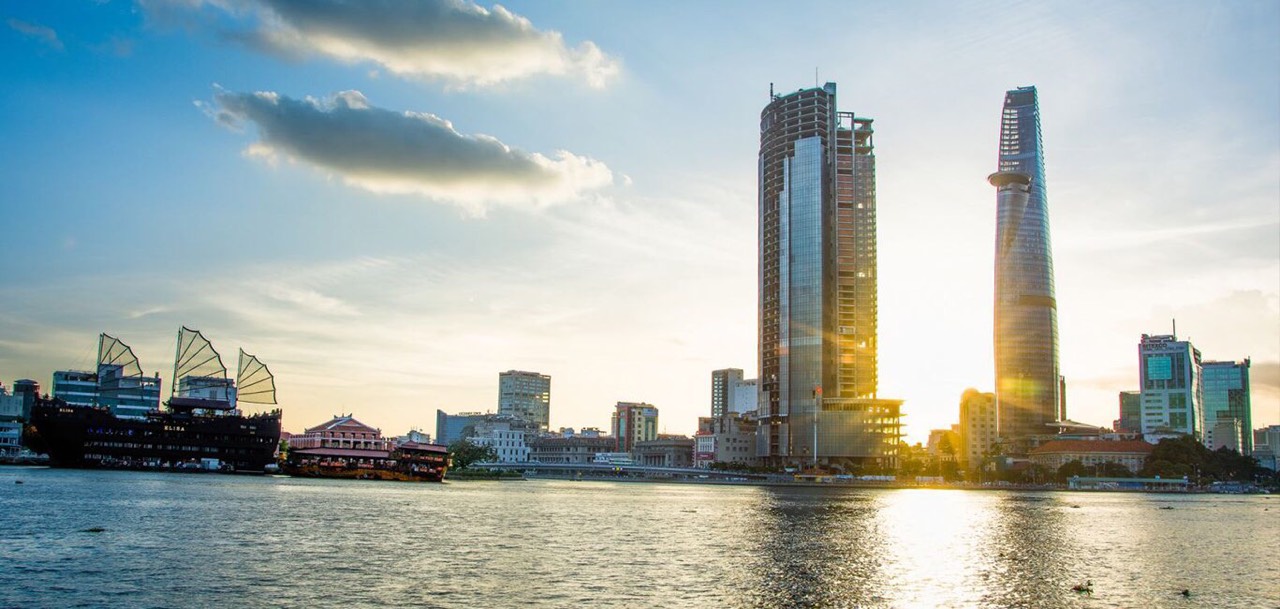 The Saigon River gave its name to the city in the 18th century.
The Saigon River gave its name to the city in the 18th century.
This name would come for some, of a deformation of the term Taï-kong, meaning the river of the west while for others of Xaï-gon, i.e. the extreme dike or of the Chinese word Sai which means to plant and Gon Vietnamese word which means Kapokier, the surrounding plains were indeed planted of this tree.
Undulating in the city on more than 80 km, the river of Saigon is compared to a silk scarf which refreshes from the usual heat of this city. The nicest part is located next to Ton Duc Thang street where there are a series of luxury restaurants. There is also a cruise boat service to visit the Saigon River in the evening.
11. Tasting of southern dishes
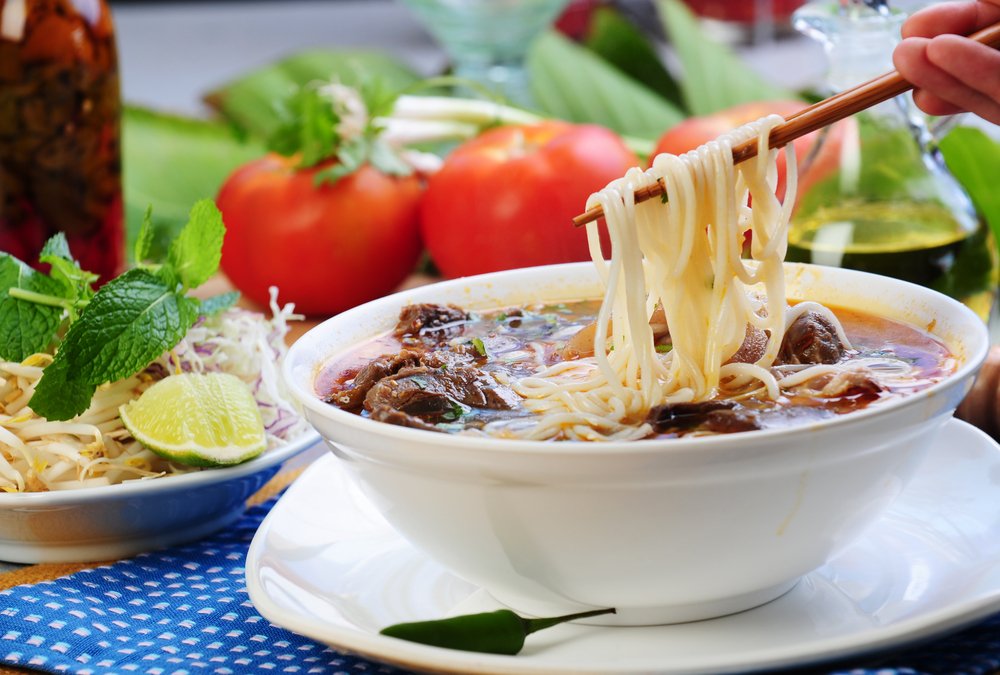
Saigon is considered the heart of southern Vietnam, the converging point of many cultures of different ethnicities, and this includes the very rich gastronomy, very typical of the region. In this dynamic city, we can easily find a good restaurant, no matter how big or small, at 2 am with “Hoa” soups, cracked rice, etc.
So what are you waiting for? Come now and discover the enchanting flavors of Saigon.
